The grounds of padel semi-covered or semi indoor flourish all over France. While for a time they appeared to be the miracle cure for bad weather, clubs and players come back to this evidence. Semi-covered land, the right solution? Let's try to see it more clearly.
Does the courtyard protect from the rain?
The number one objective for all project promoters is to protect their land from padel rain and thus allow players to play all year round, whatever the weather conditions.
The carrot to succumb to the charms of these structures: the price in general. Indeed, the price is often much more attractive than constructing a building that meets restrictive regulations and unofficial “user / player experience” standards: a good height and a little room to go out during tournaments.
Much more economical, the semi-covered tracks were considered the miracle alternative.
However, we realize that it is not that simple.
In fact, landowners of padel with blankets sometimes regret their investment afterwards. Why ?
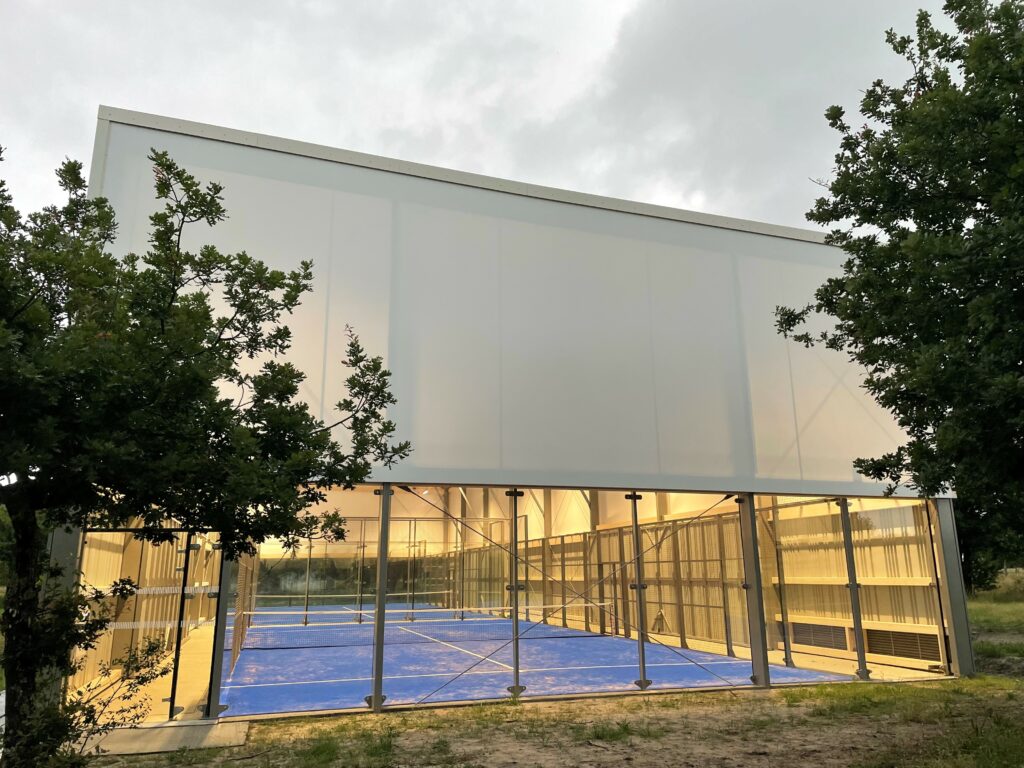
Two weak points
In general, the lands of padel semi-covered have two weak points:
- A problem of visibility on the ground with a part in the shade and another in the sun. This dim light often disturbs the players, who may have difficulty seeing the ball well.
- Relative efficiency in the face of rain: in fact, the rain does not fall straight. The more wind there is, the more rain falls to the side. Conclusion: the ground is impassable because it is partly wet.
Remember, however, that among our Spanish counterparts, land with “just” a roof is increasingly present to counter the sun and not the rain.
The blanket builders et suppliers in court have targeted the problem. This is why we are seeing new offers more in line with the expectations of clubs and players developing in France.
Semi-indoor closable structures
We have certainly found the product you were looking for so much: a semi-indoor blanket but which can be indoor. Put like that, it can be confusing. However, you will understand that these new products could revolutionize the development of the padel indoor.
It's almost indoor! But it is not considered to be such. Indeed, they are light structures which take the foundations of semi-covered structures but with the possibility of partially or completely closing the structure to isolate it from rain and wind.
SMC2, ACS Production and Lauralu offer interesting solutions.
SMC2 explain to us :
"We recommend our solution padel indoor glazed, unique in France, for optimal playing comfort. The players are sheltered by the textile membrane and enjoy playing comfort like outdoors, without the drawbacks of such a practice. The glazed palisades, play elements, also serve as building cladding, for a real fusion of play and building. This allows an optimization of the materials and a comfort for the sportsman who plays with a visibility on his external environment (and conversely, the people outside see the sportsmen, it is the perfect inclusion of the padel in its environment).
These glazed palisades are extended, in the upper part, by textile facades which protect the players from glare, bad weather and UV rays while guaranteeing excellent natural light (like the membrane on the roof).
However, it is possible to opt for a covered playground (as in St Rémy, for the Grand Chalon), for budgetary reasons and if the location allows it, depending on the weather conditions. In this case, particular care should be taken when designing the building. SMC2's expertise and engineering, which supports its clients from idea to completion, allow it to design a courtyard in which it does not rain, even in strong cross winds. For this, the roof overhangs are calculated accordingly. ”
Covering the semi-indoor area: a good idea
It's not Jérémy Scatena from Technopadel who will say the opposite. He is one of those pushing for a solution “More covered with semi-indoor covers”. Words that might seem strange. But who are not at all in reality.
If you've started with semi-indoor structures and they are a problem for you, head to experts who could point you to a few not-so-expensive solutions like a windbreaker / stretch fabric. The Spaniards are the specialists in this way of doing things. The Pyramids club has also put canvas to reduce the nuisance related to light on the ground. It's not perfect, but it can be an alternative.
This is why, if you are at the beginning of a project, pay close attention to the adventure of the padel semi-covered!
Alexis Dutour is passionate about padel. With his training in communication and marketing, he puts his skills at the service of padel to offer us articles that are always very interesting.

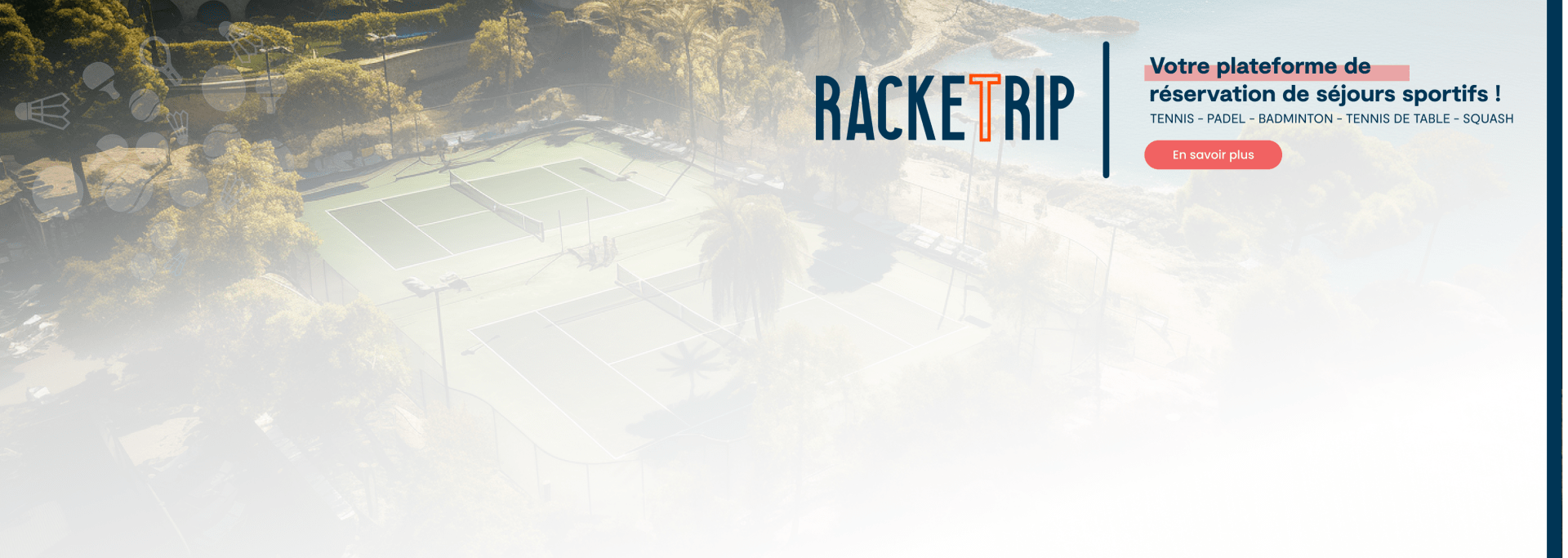


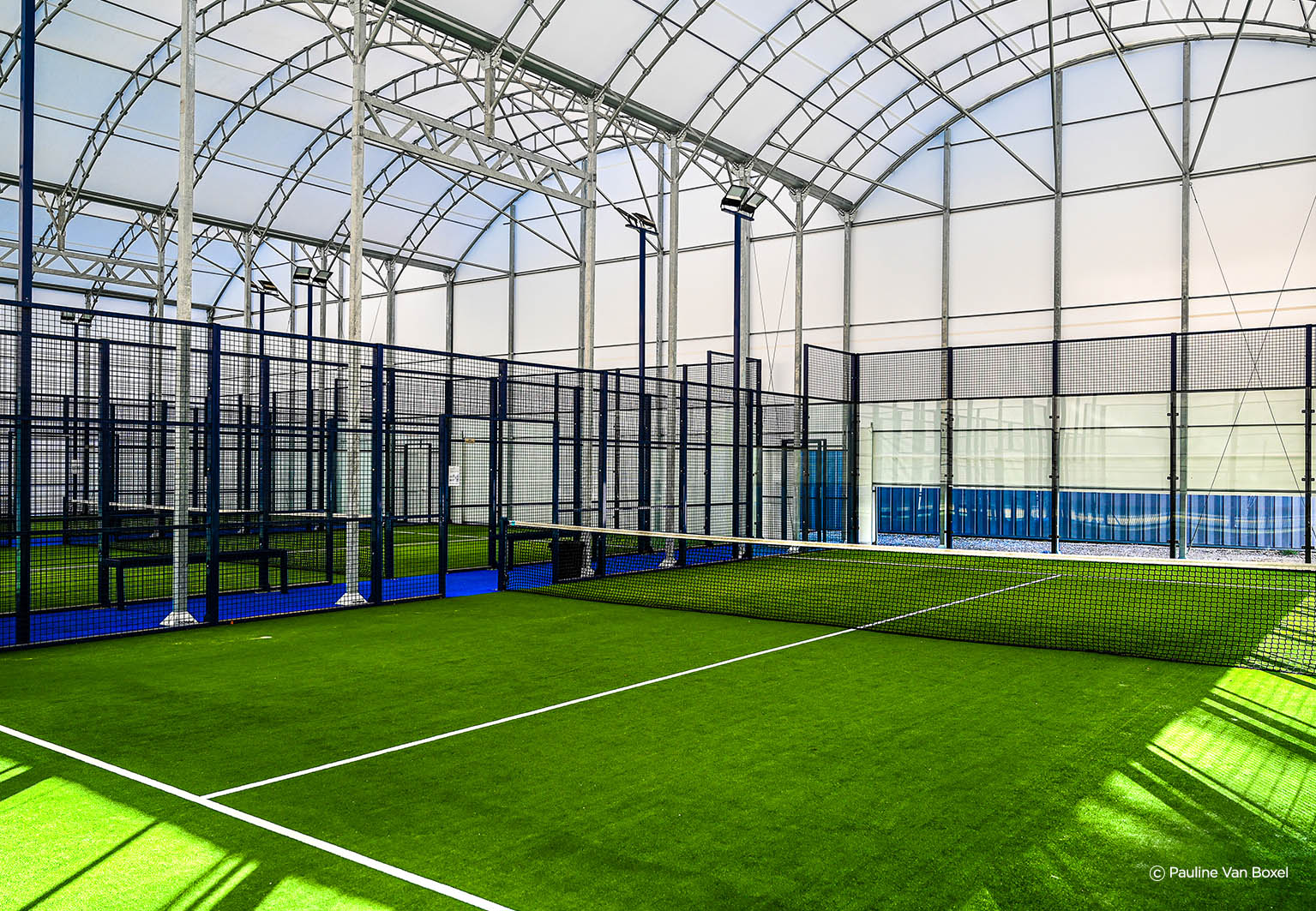











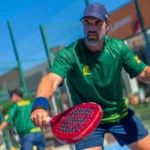





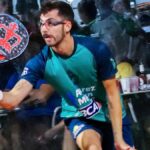







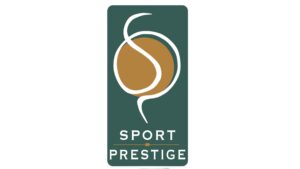
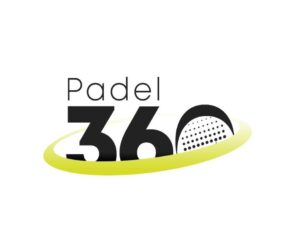
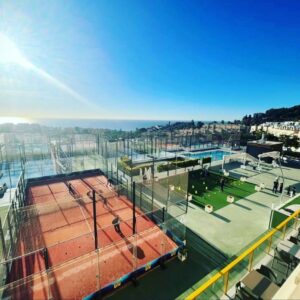
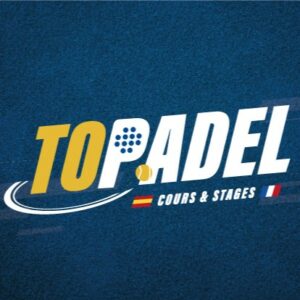

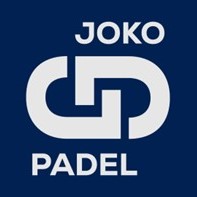

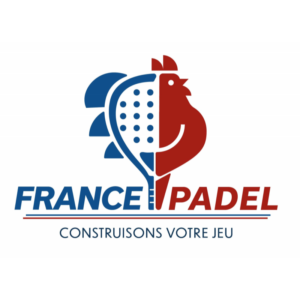
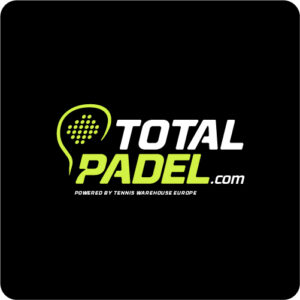



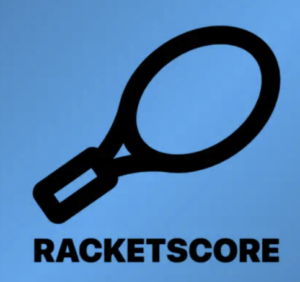
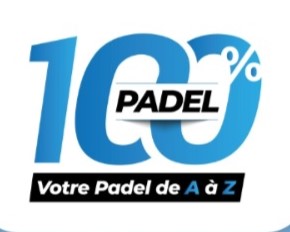
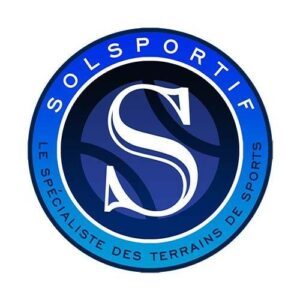

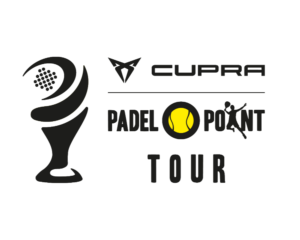
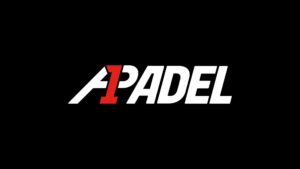
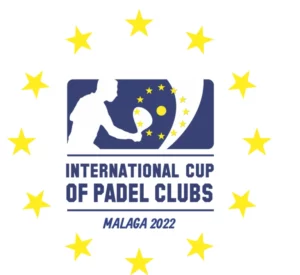


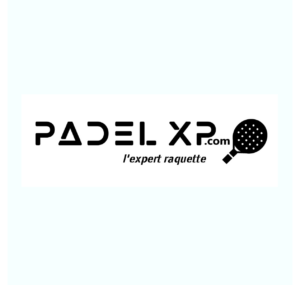

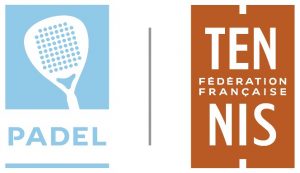
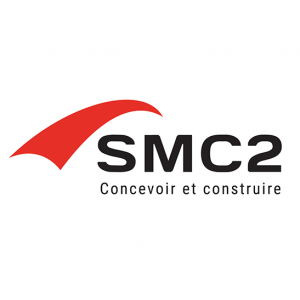

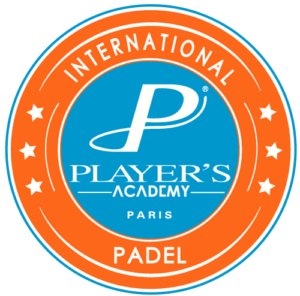
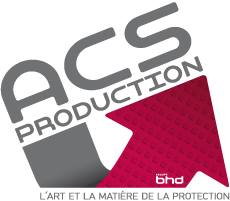

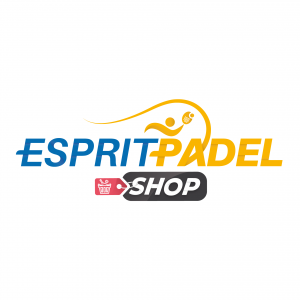




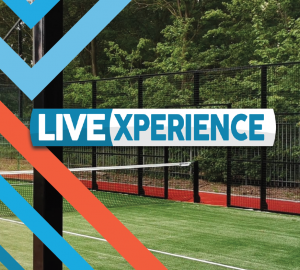

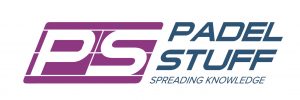
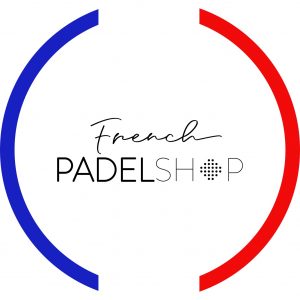
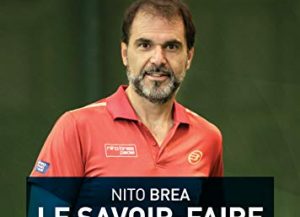
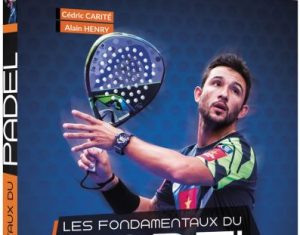


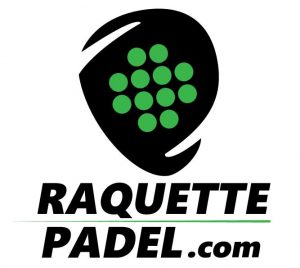
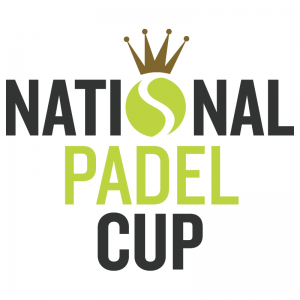
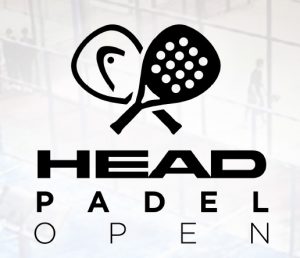

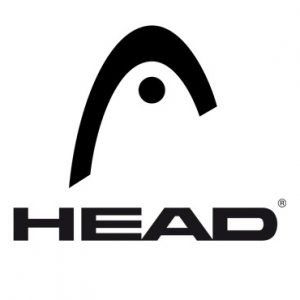


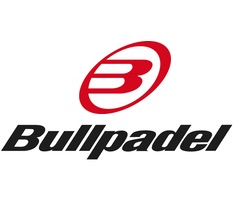


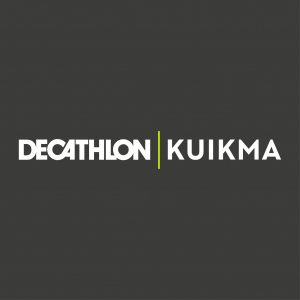

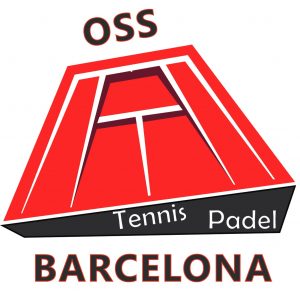
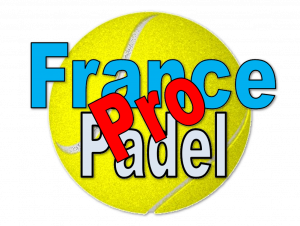

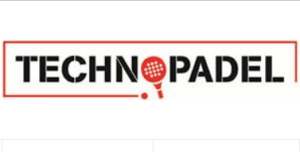
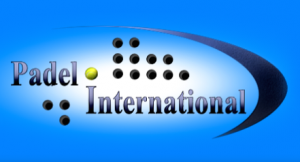

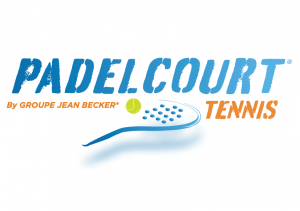
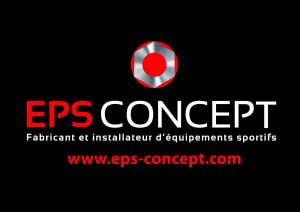
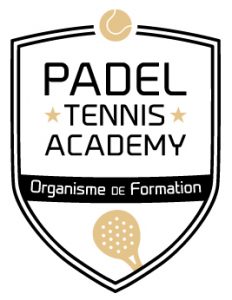


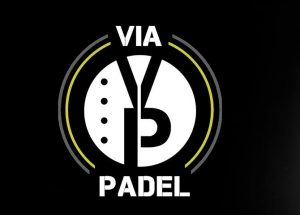




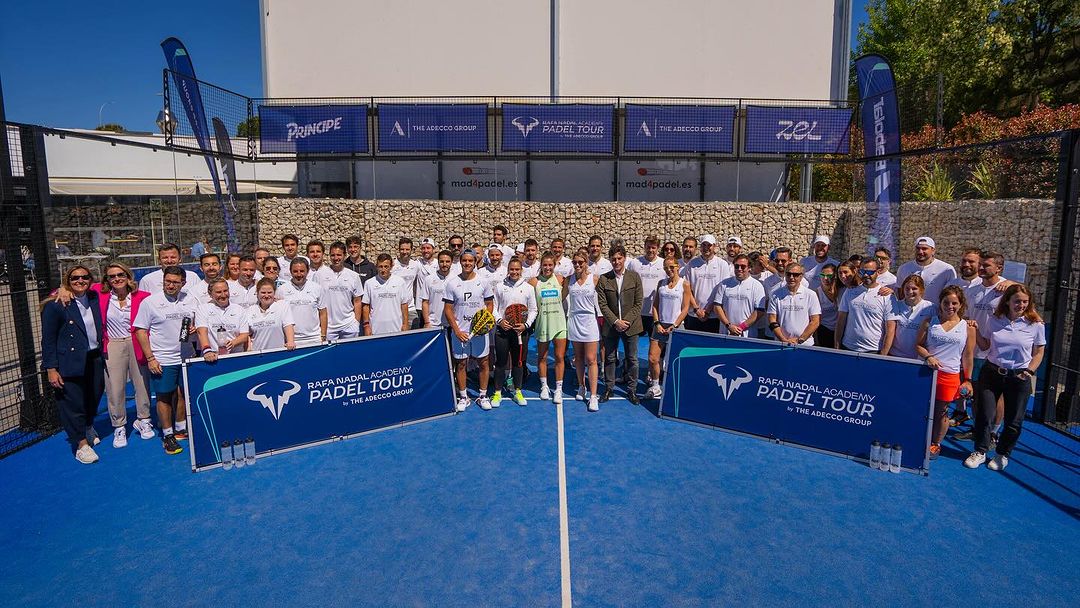 Do you know the Rafa Nadal Academy Tour?
Do you know the Rafa Nadal Academy Tour?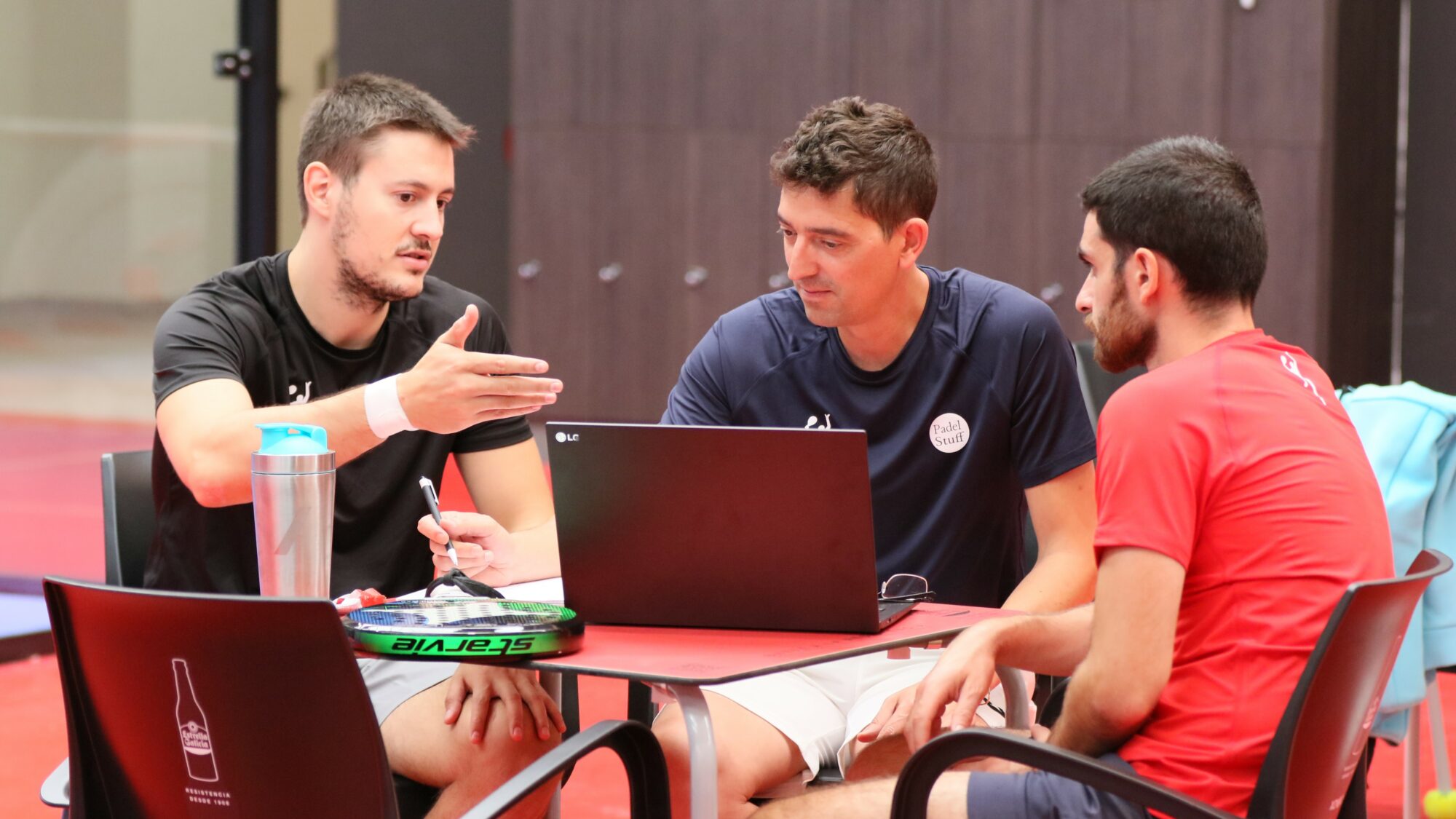 At the heart of padel – Episode 25: Paul and Andoni answer your questions
At the heart of padel – Episode 25: Paul and Andoni answer your questions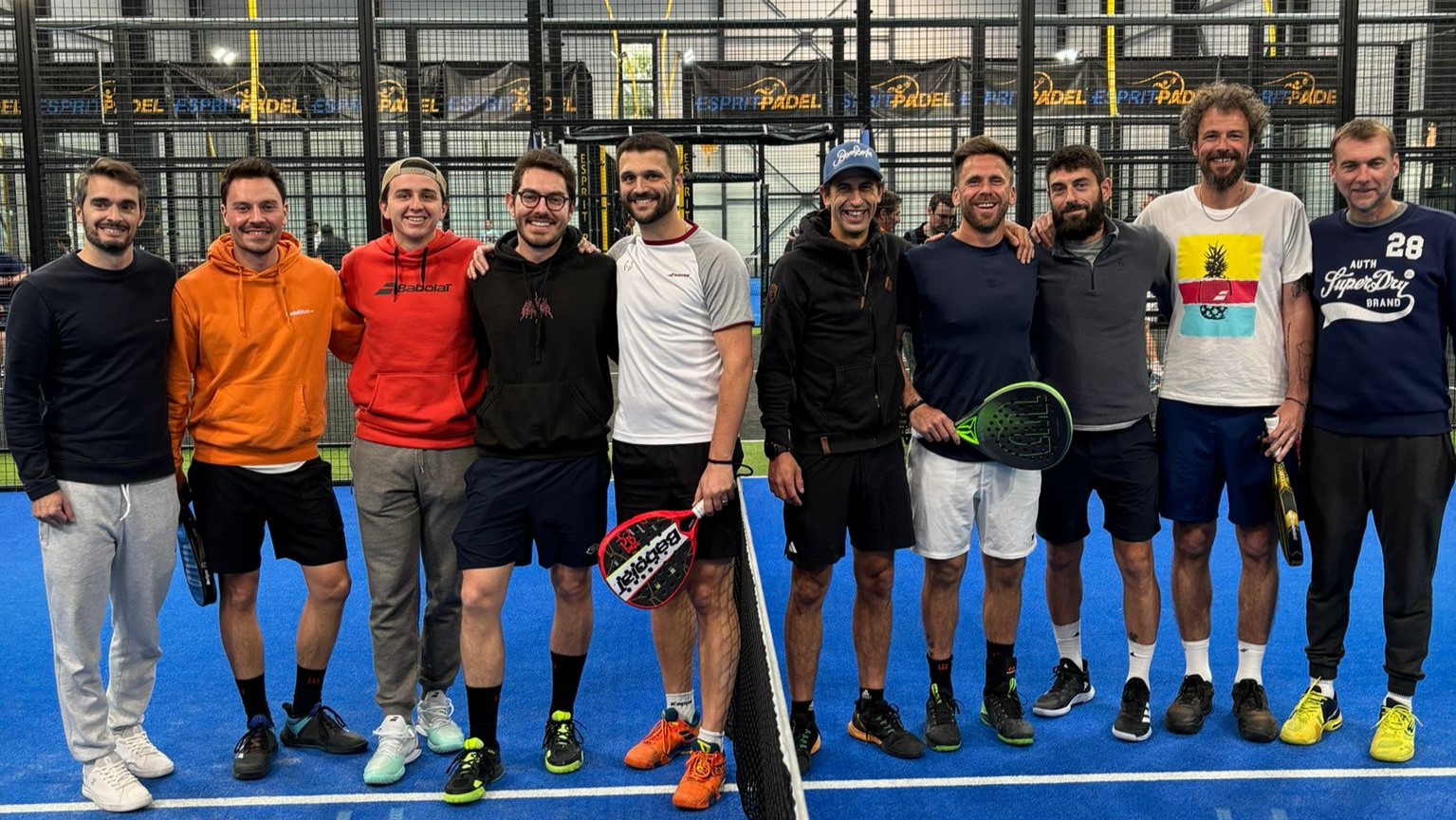 Mind Padel Lyon and the Auvergne Rhône-Alpes League innovate with team tournaments
Mind Padel Lyon and the Auvergne Rhône-Alpes League innovate with team tournaments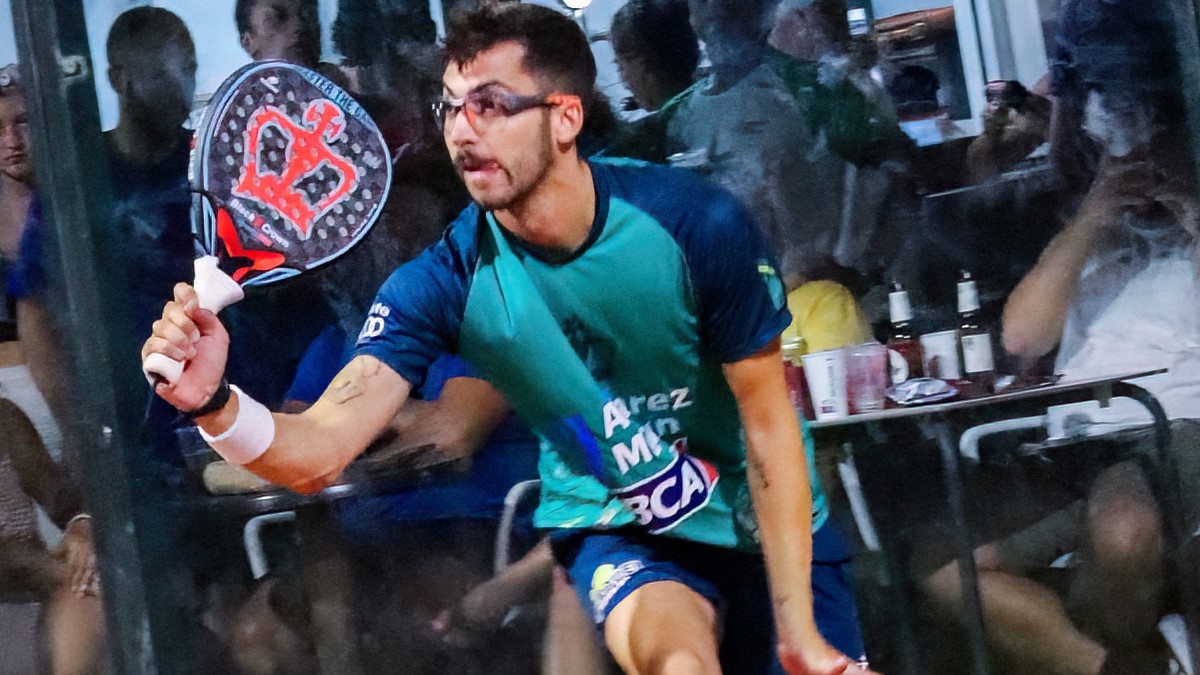 Tactical padel – What to do when faced with players who systematically stay at the bottom?
Tactical padel – What to do when faced with players who systematically stay at the bottom?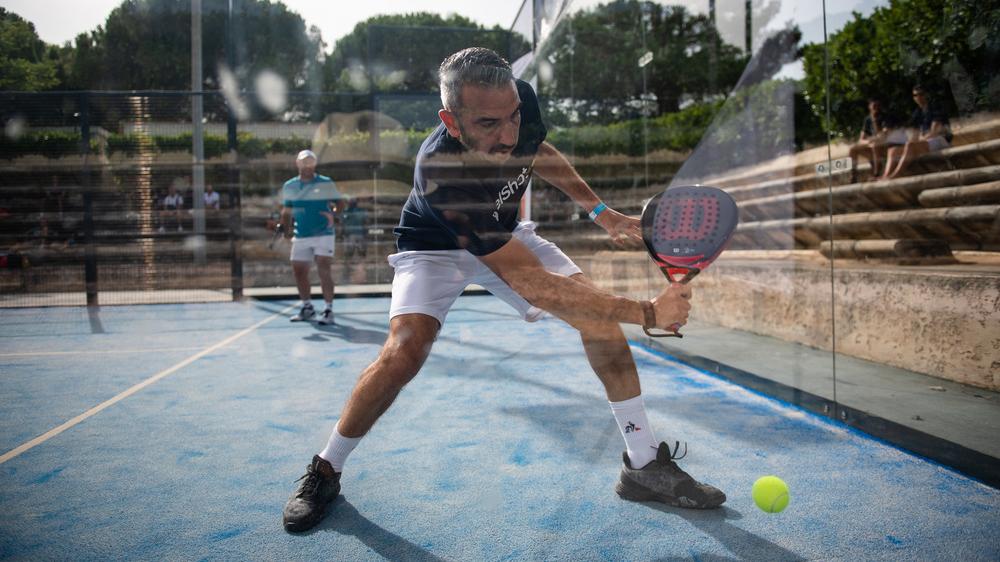 Simon Boissé: “We know that there are two nations in front of us”
Simon Boissé: “We know that there are two nations in front of us”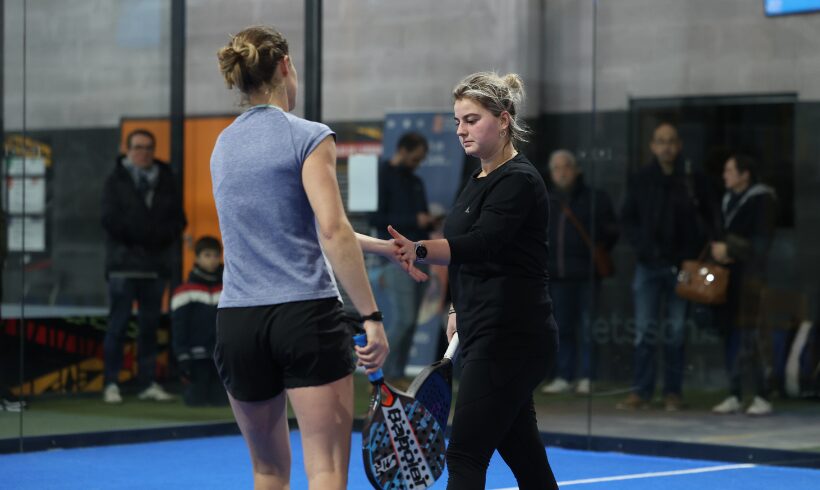 Marie Maligo: “This period of frequent changes of partners was beneficial for me”
Marie Maligo: “This period of frequent changes of partners was beneficial for me”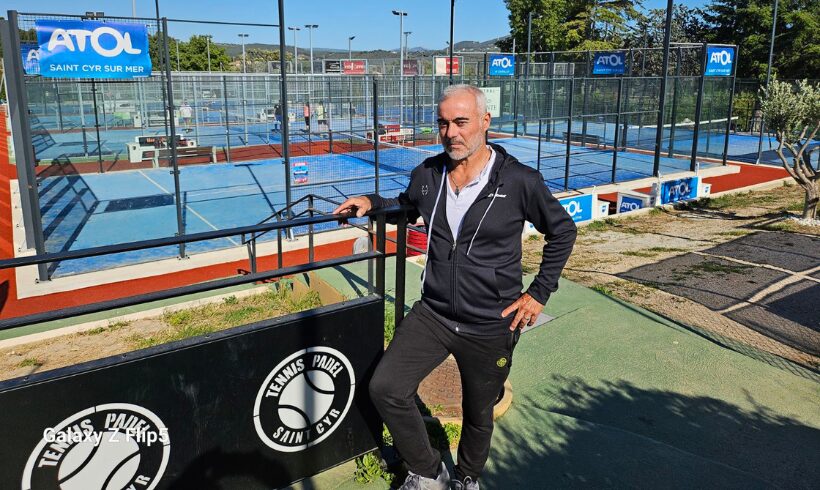 Alain Idier: “Adding tracks of padel, without sacrificing tennis”
Alain Idier: “Adding tracks of padel, without sacrificing tennis”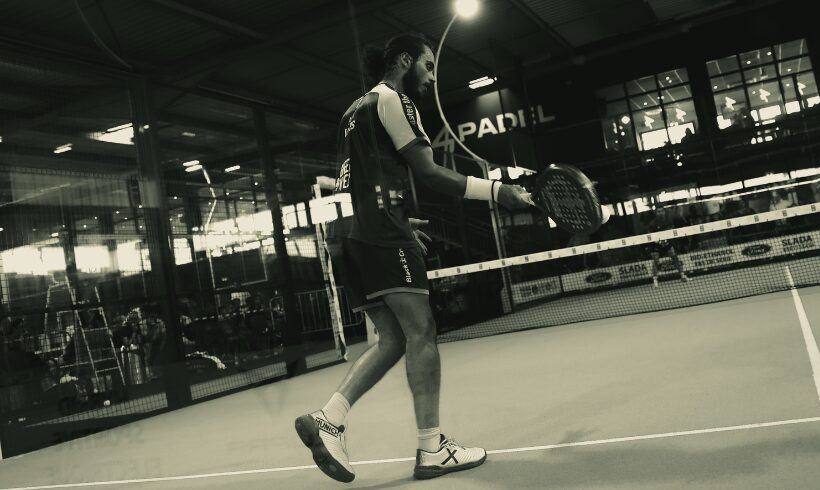 Manuel Vives: “It’s extremely difficult to get by financially”
Manuel Vives: “It’s extremely difficult to get by financially”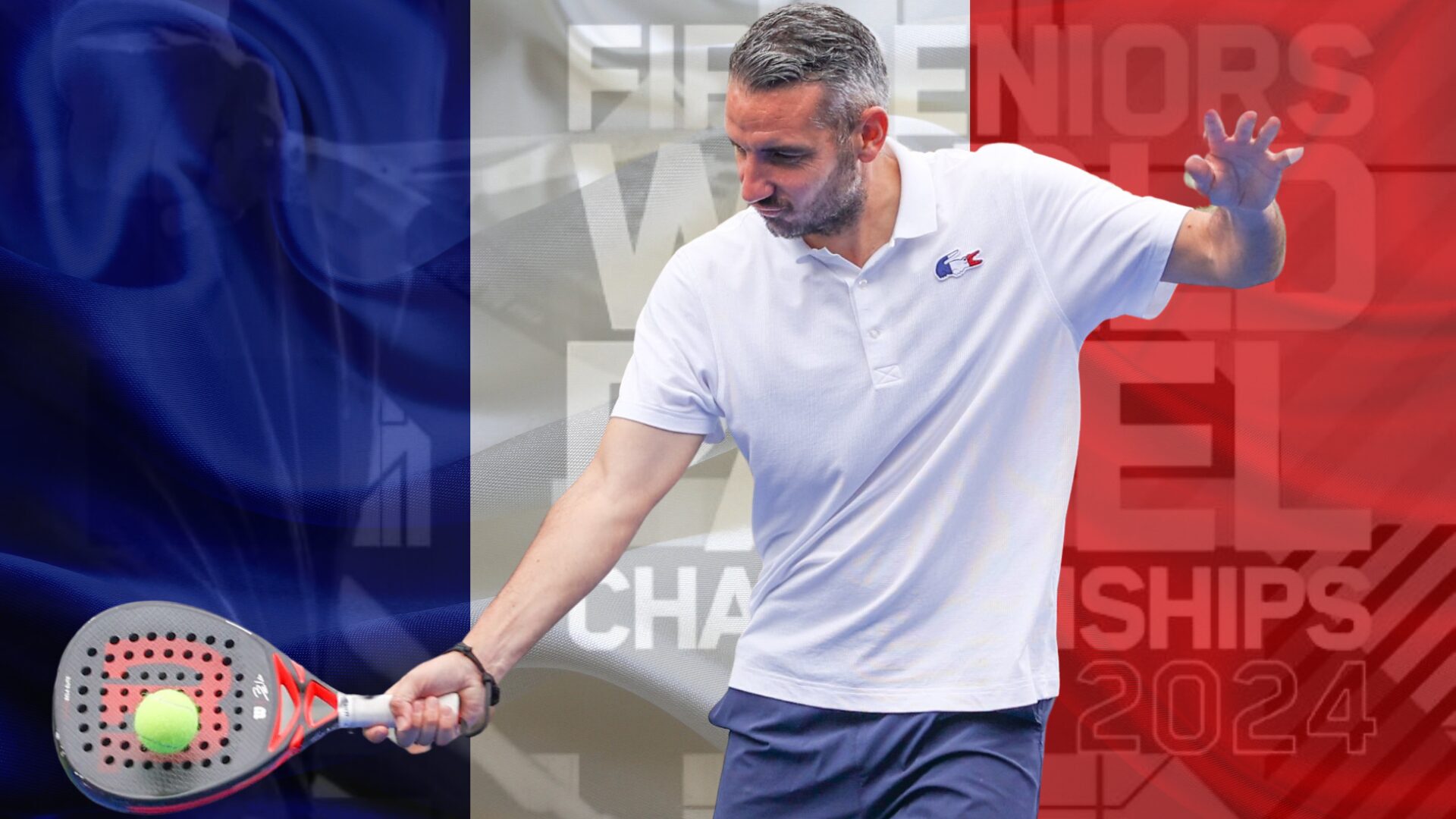 Simon Boissé: “We know that there are two nations in front of us”
Simon Boissé: “We know that there are two nations in front of us”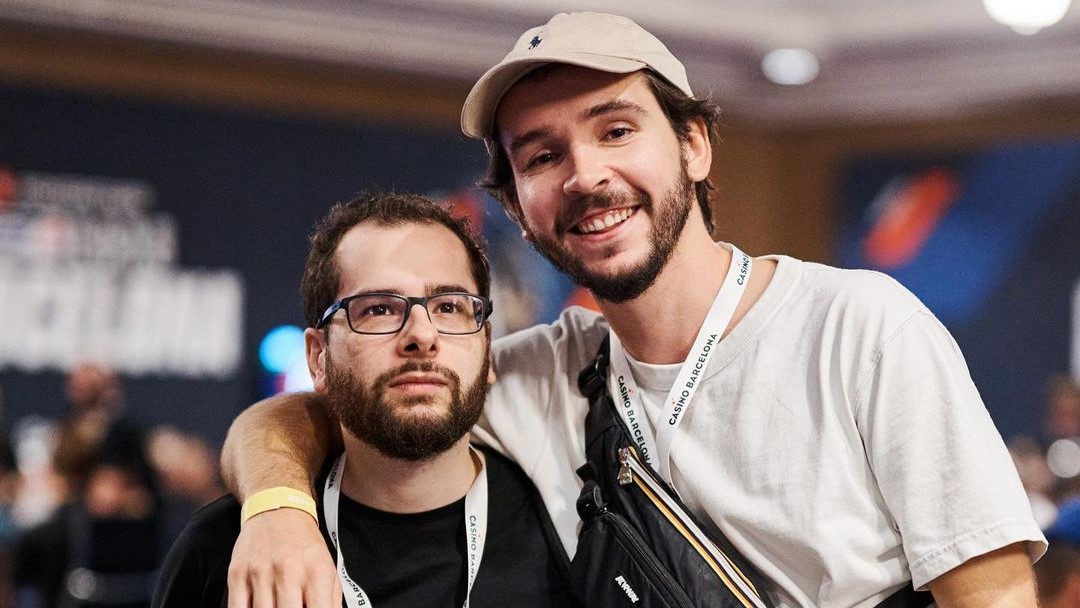 Team PAX (Domingo / Xari) returns to victory
Team PAX (Domingo / Xari) returns to victory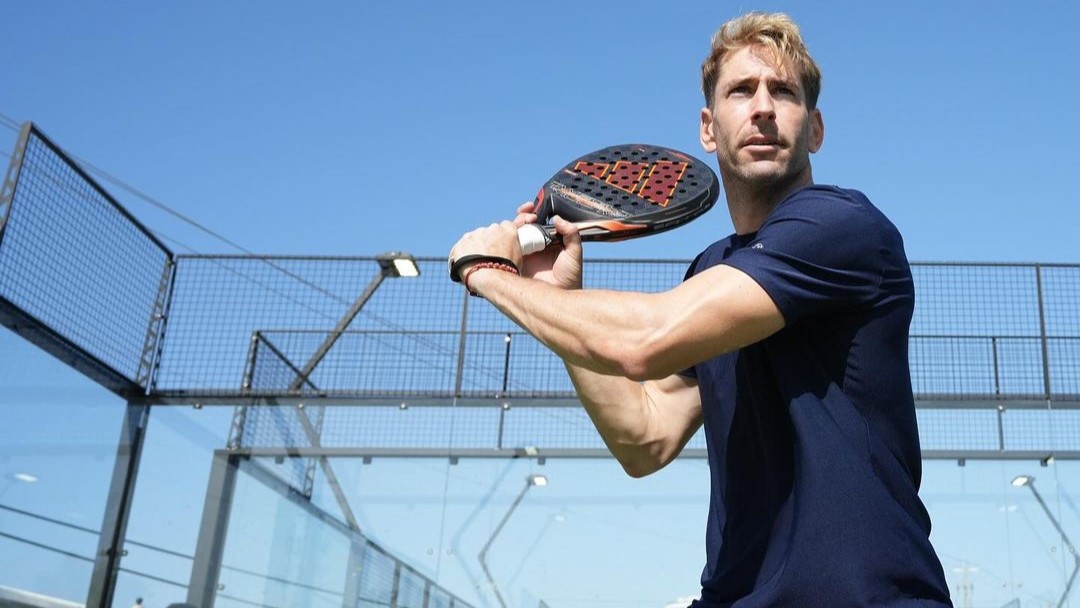 Alex Ruiz: “Finding joy again with Momo”
Alex Ruiz: “Finding joy again with Momo”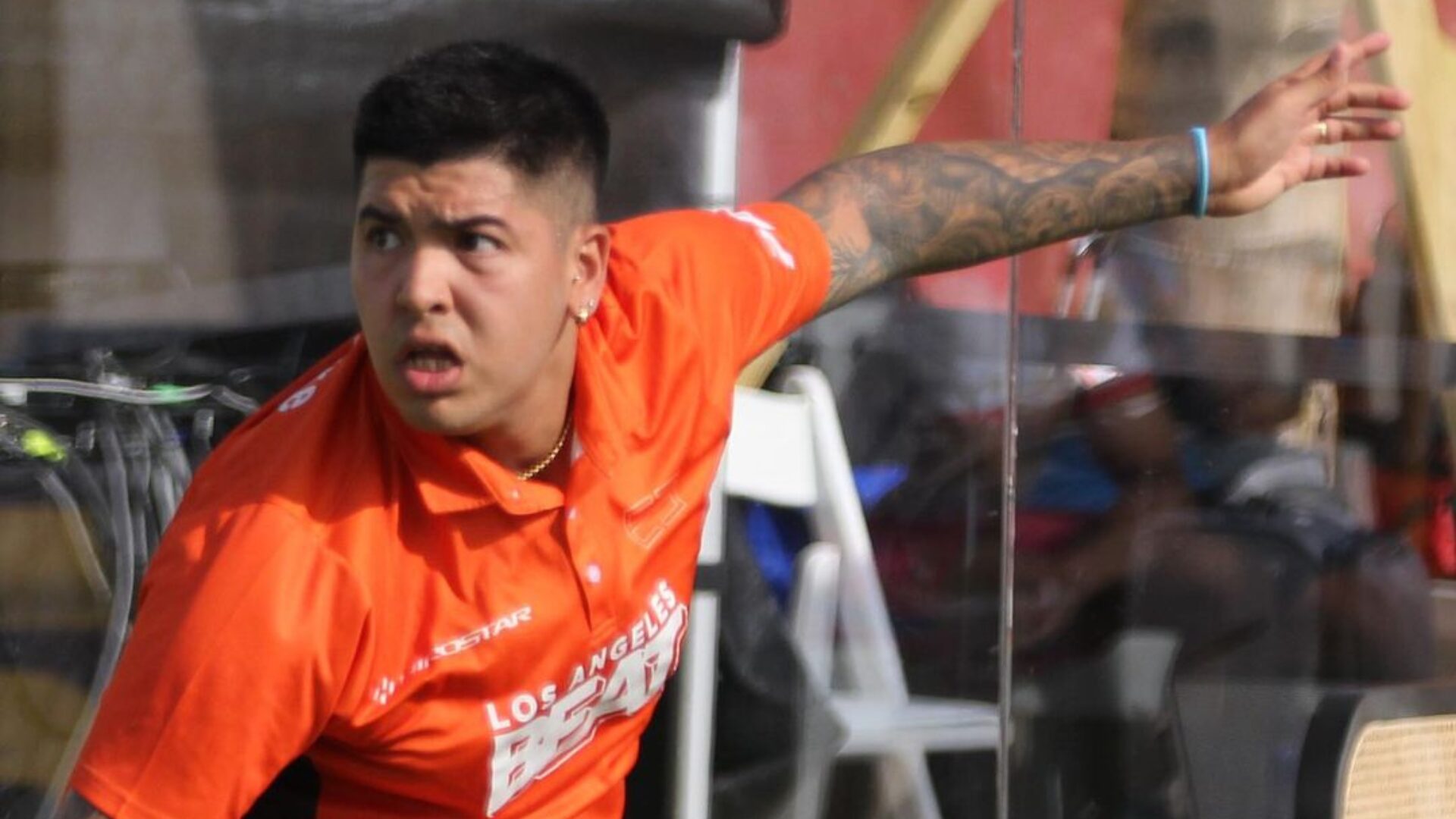 Nerone: “Tolito is not a normal player”
Nerone: “Tolito is not a normal player”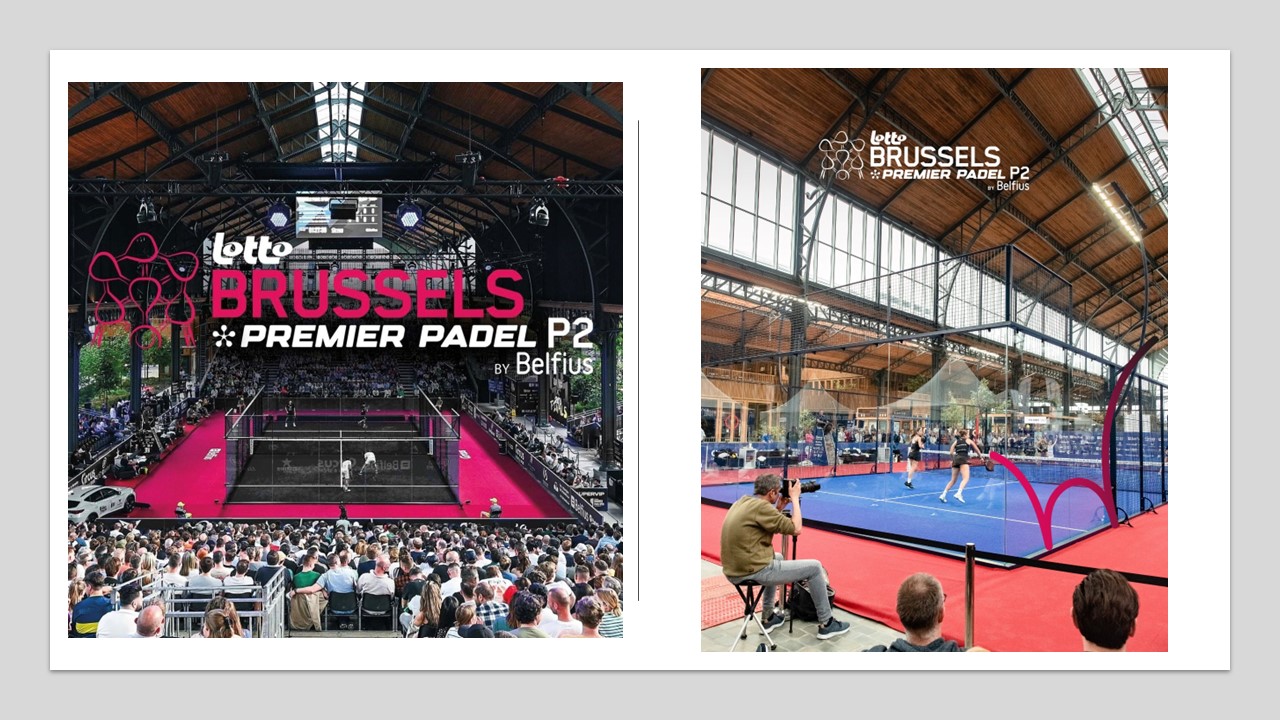 P2 Brussels – Like a new school year!
P2 Brussels – Like a new school year!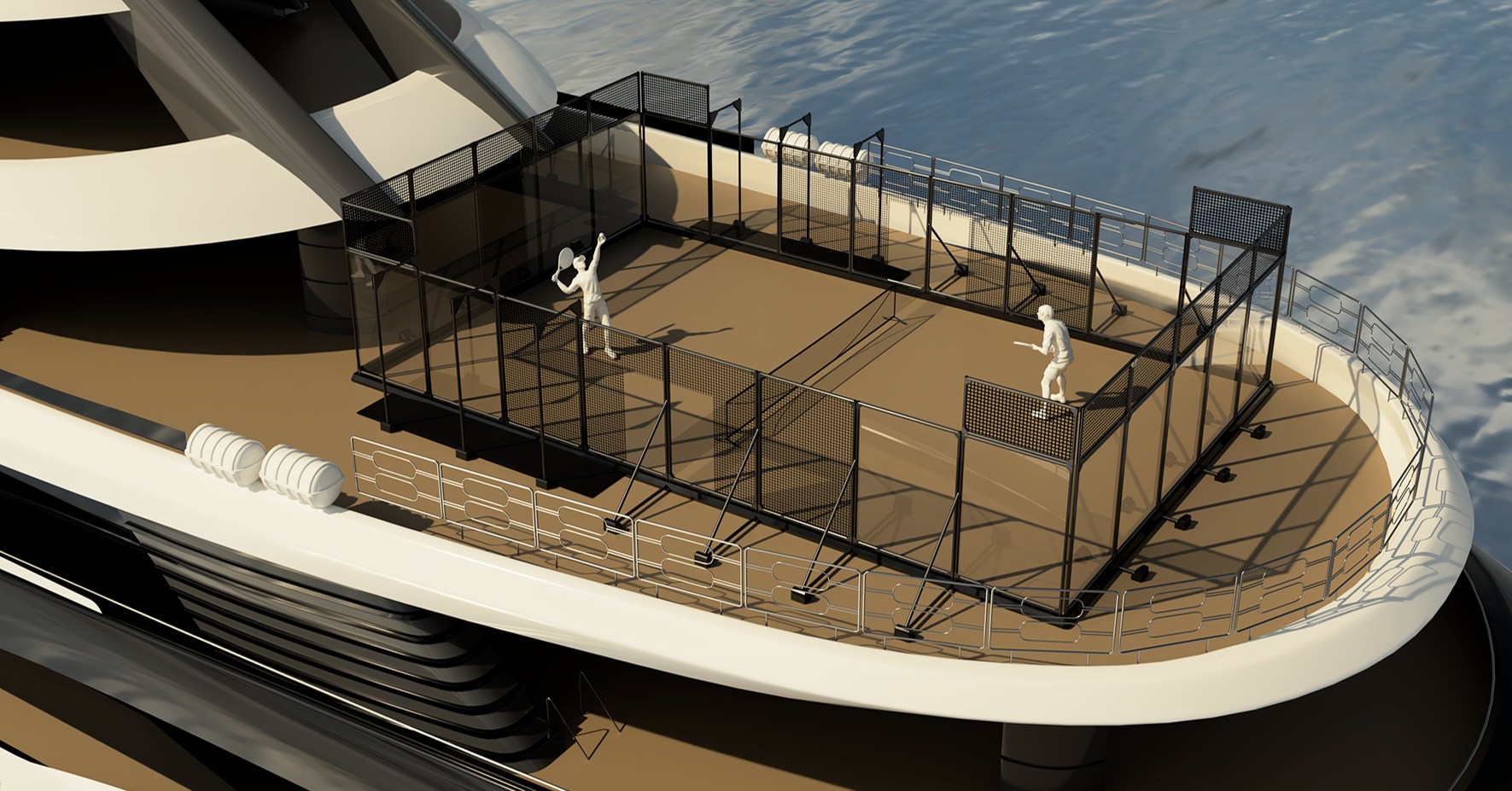 Play at padel on his yacht? Possible for €233.000!
Play at padel on his yacht? Possible for €233.000!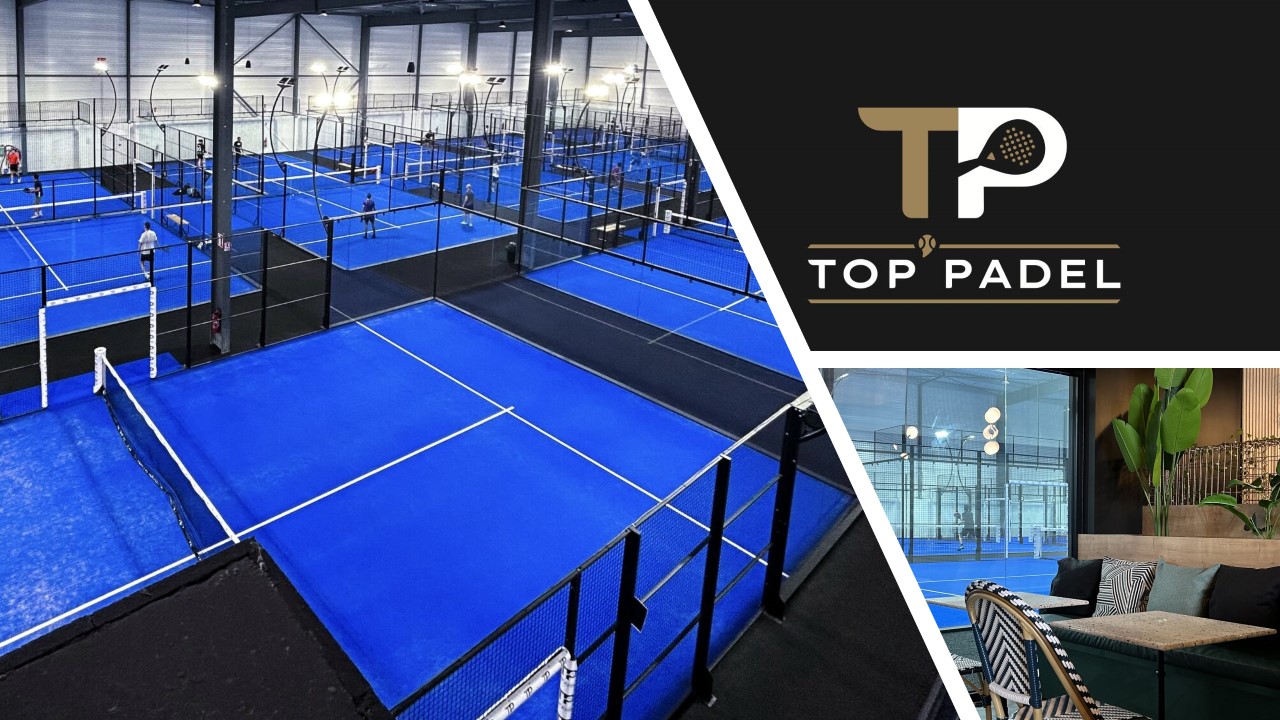 TOP Padel : “A premium club with 10 slopes in Toulouse”
TOP Padel : “A premium club with 10 slopes in Toulouse”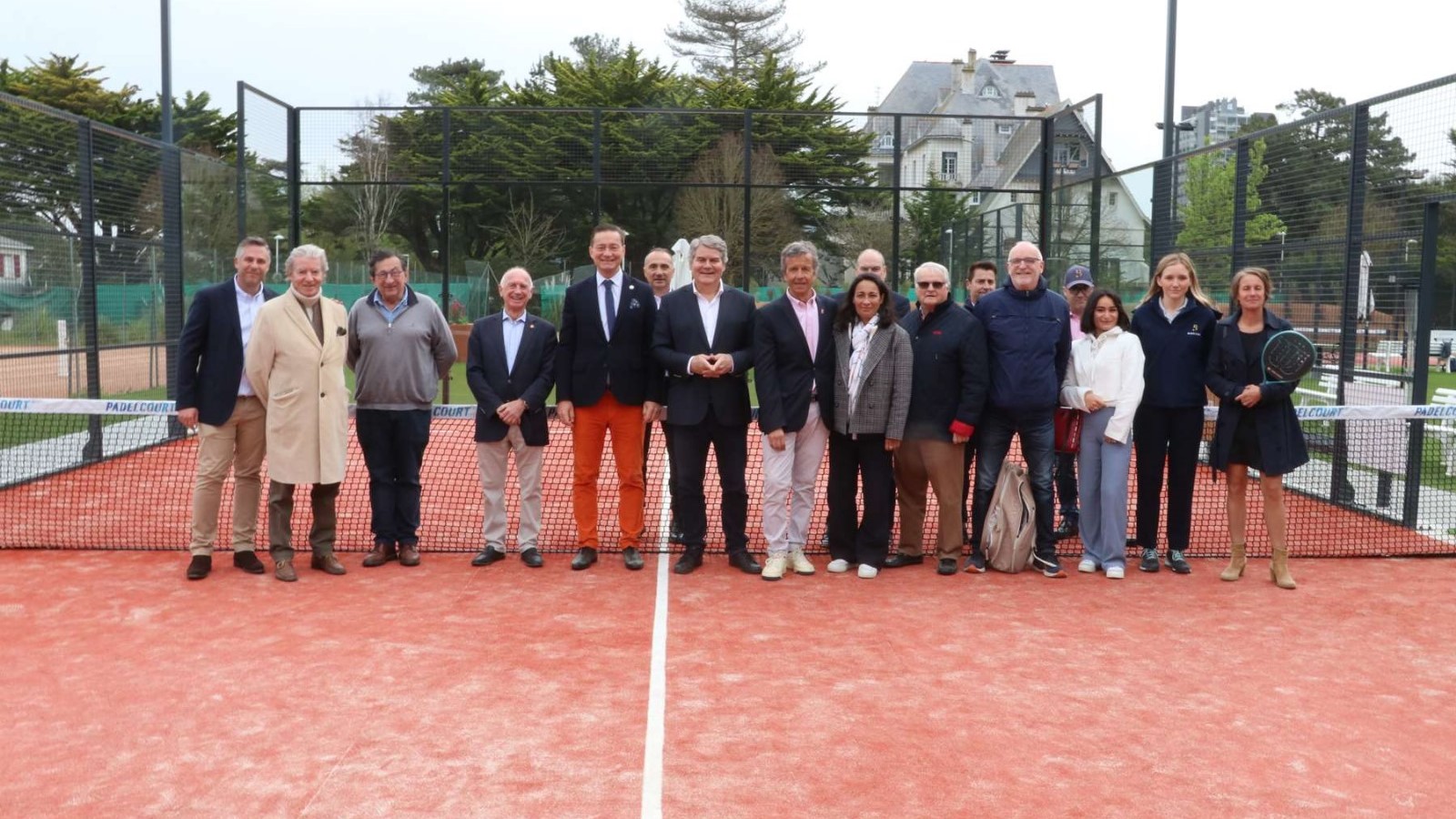 The padel of the Barrière Country Club are born in La Baule
The padel of the Barrière Country Club are born in La Baule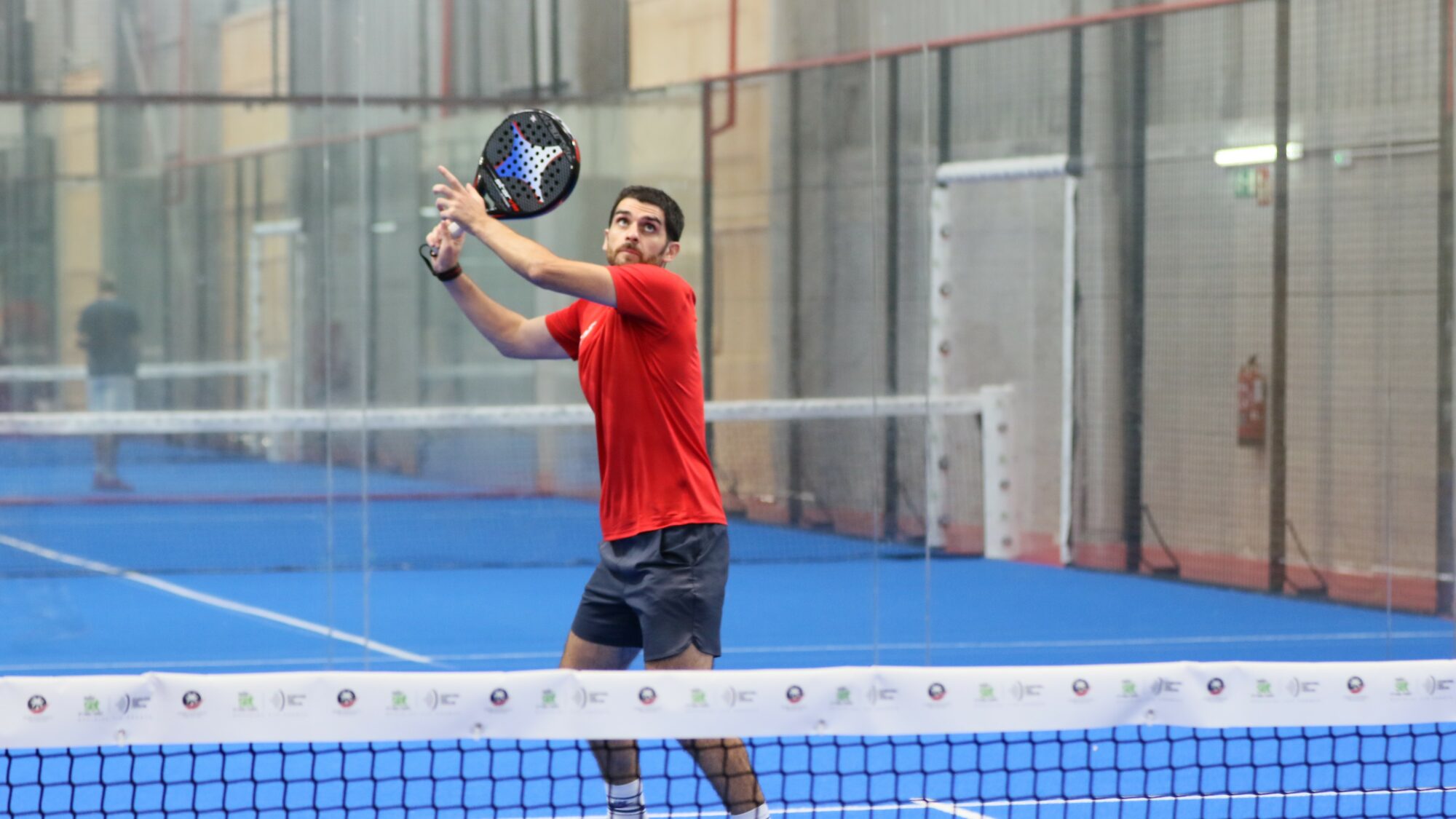 At the heart of padel – Episode 25: Paul and Andoni answer your questions
At the heart of padel – Episode 25: Paul and Andoni answer your questions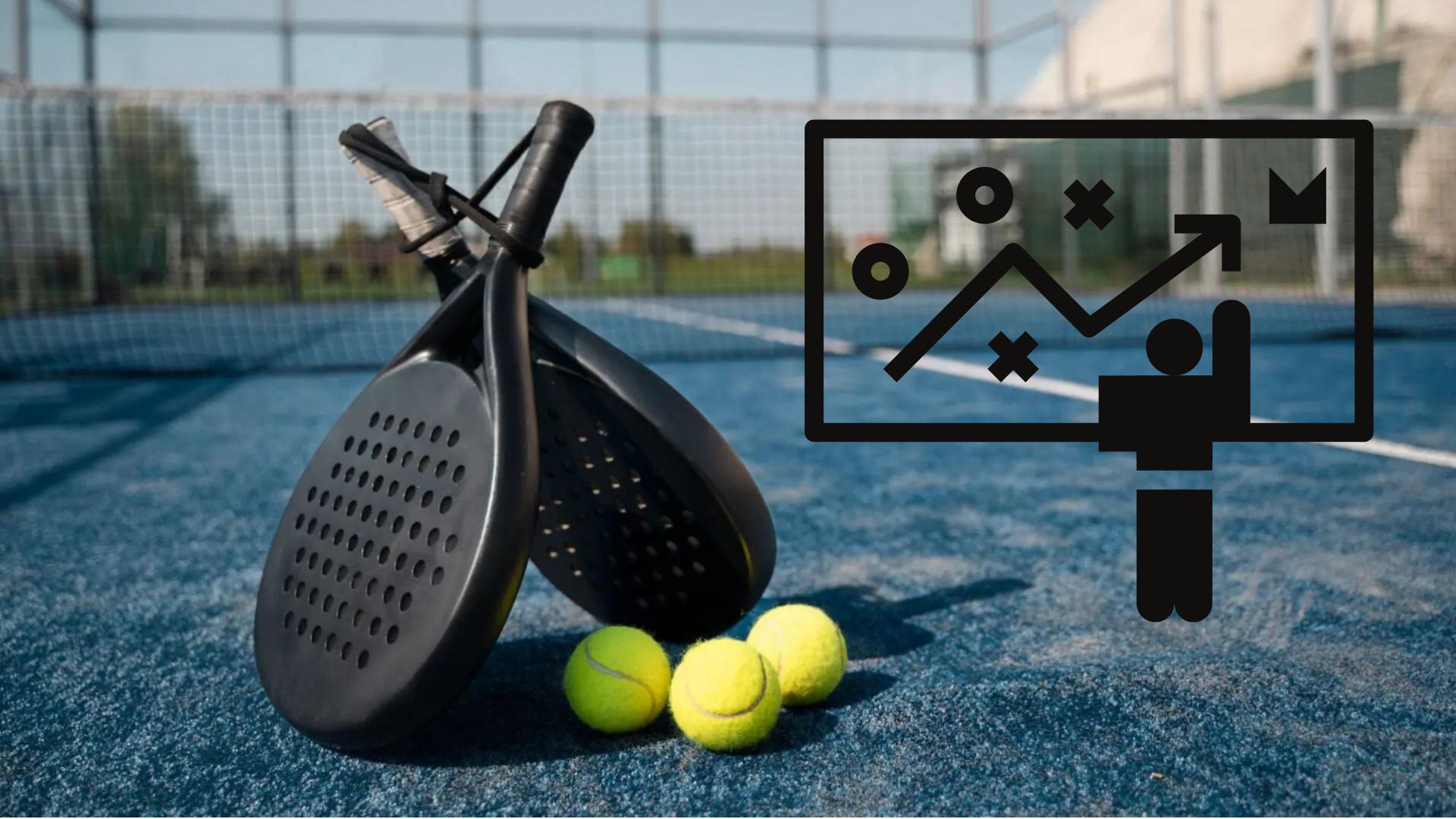 The basic tactics of padel
The basic tactics of padel A par 4 is always a winner...even if you manage to defend it!
A par 4 is always a winner...even if you manage to defend it!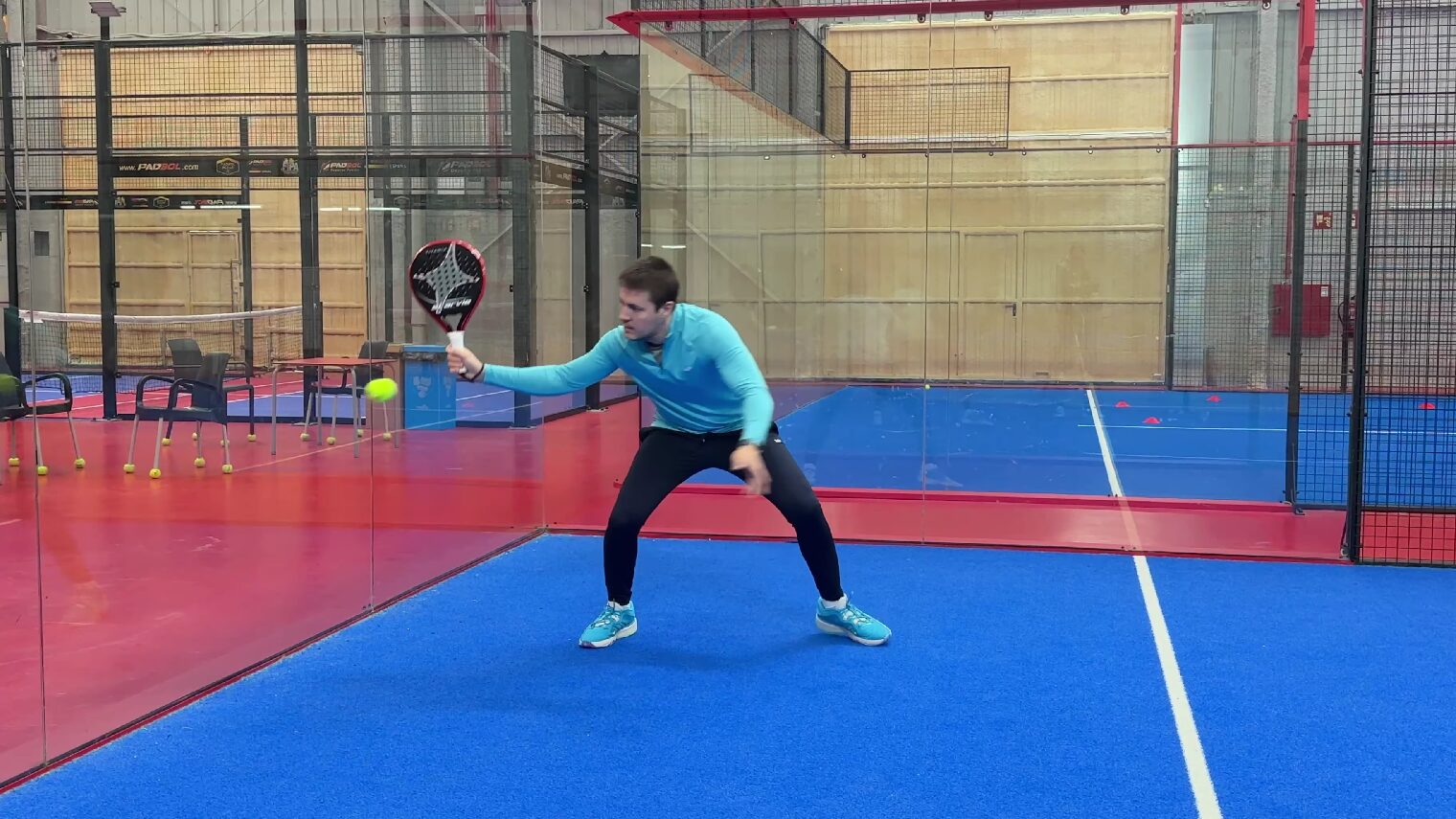 At the heart of padel – Episode 23: defend the window well
At the heart of padel – Episode 23: defend the window well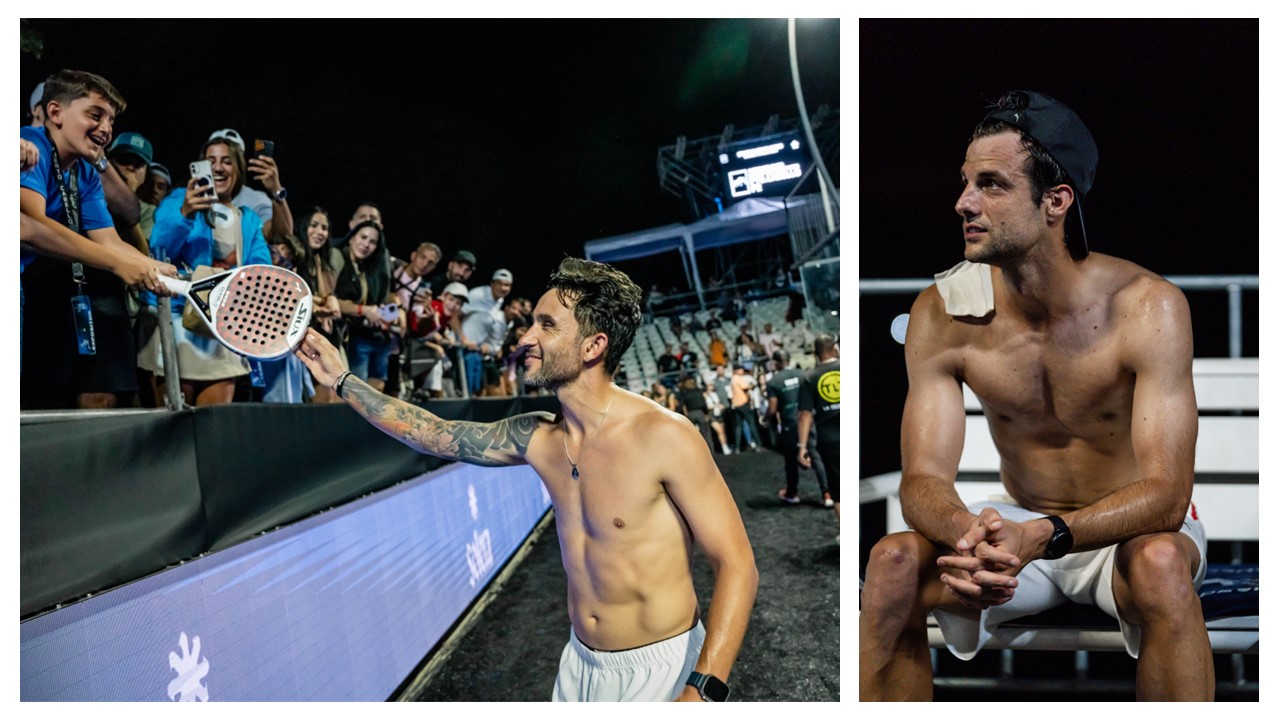 Prohibition on playing topless Padel : the reasons
Prohibition on playing topless Padel : the reasons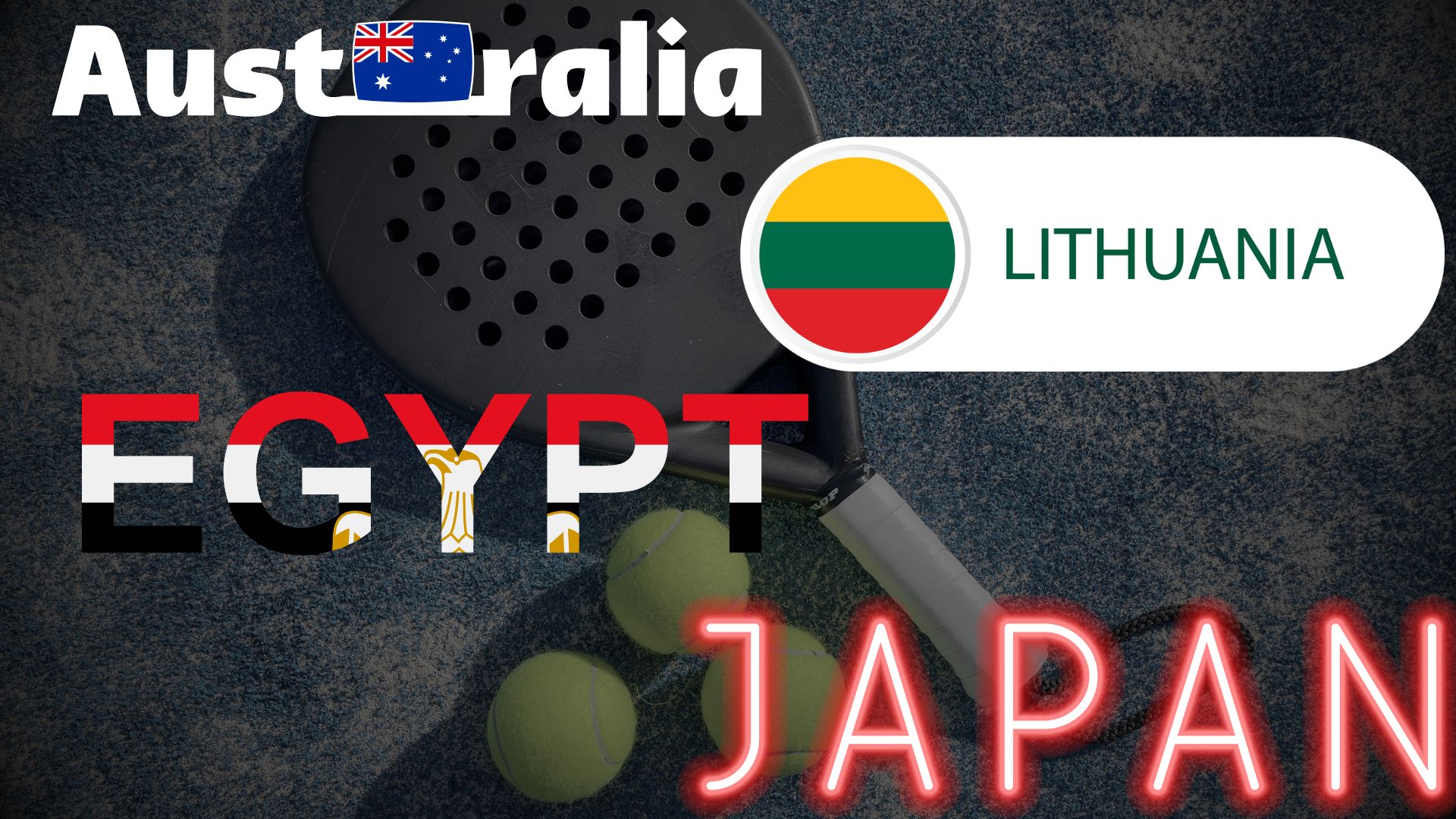 FIP Tour – Going far from Europe, THE strategy to earn points!
FIP Tour – Going far from Europe, THE strategy to earn points!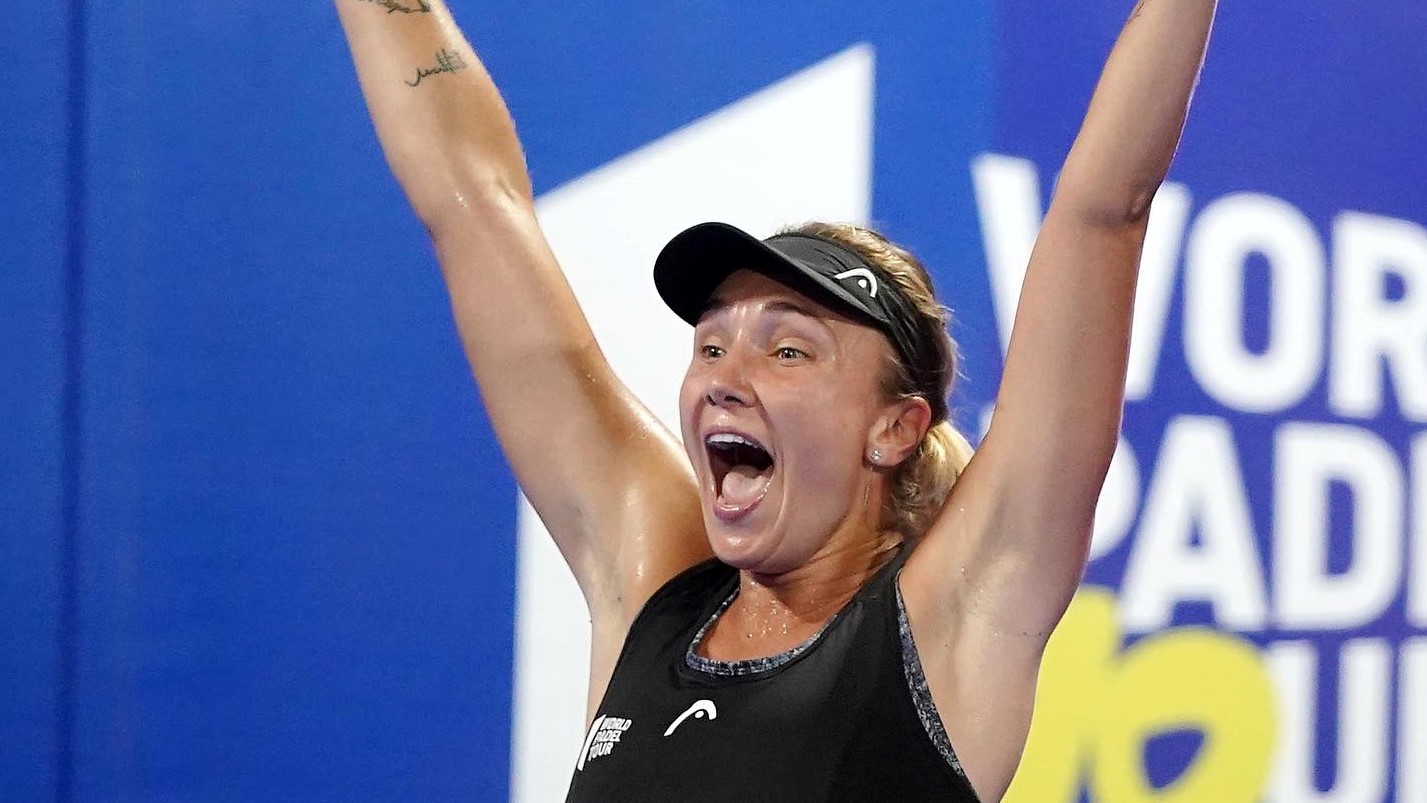 What is a good football player? padel ?
What is a good football player? padel ?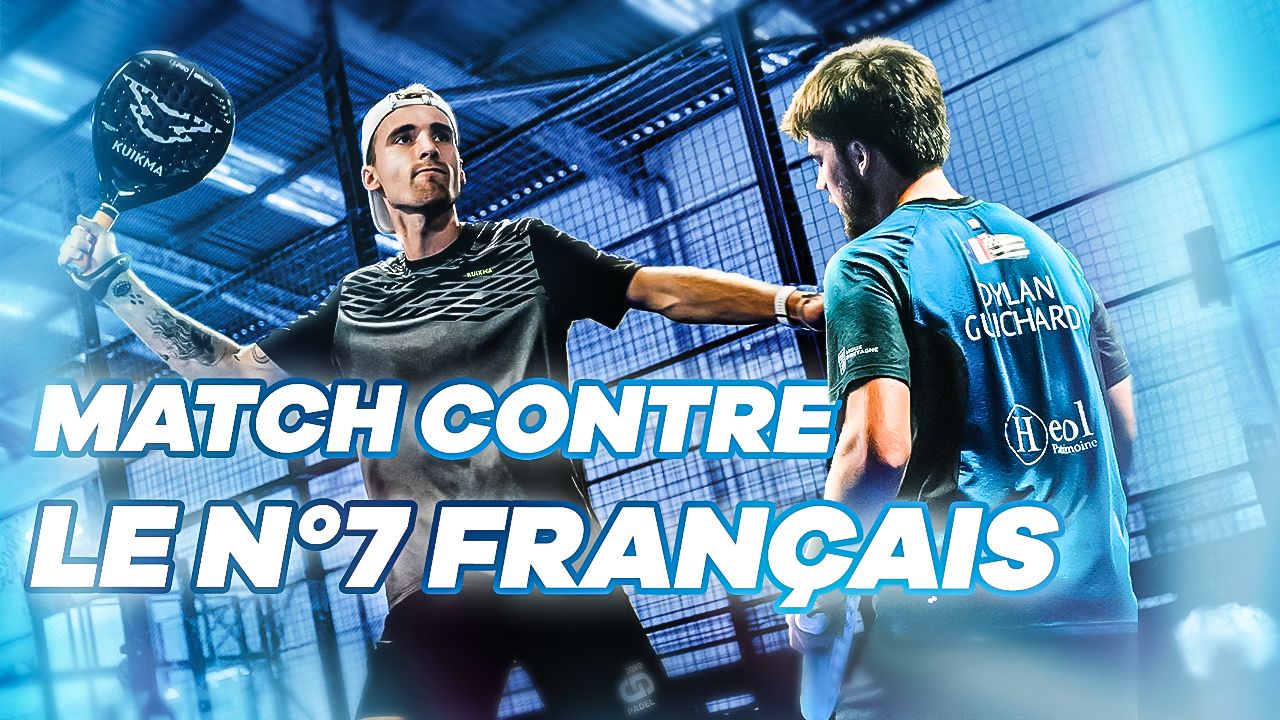 “Lefties give me headaches when I play against them!”
“Lefties give me headaches when I play against them!”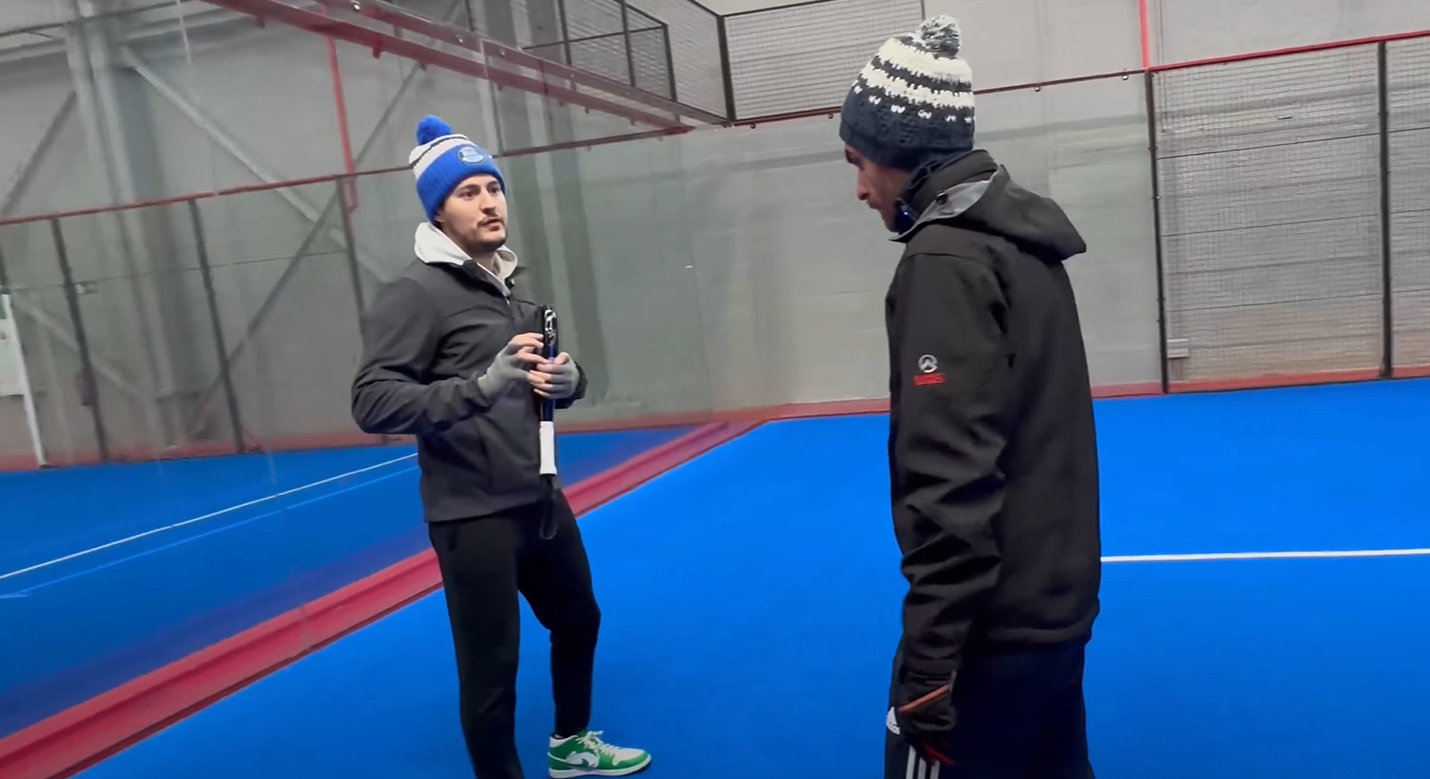 At the heart of padel – Episode 14: how to earn points in winter?
At the heart of padel – Episode 14: how to earn points in winter?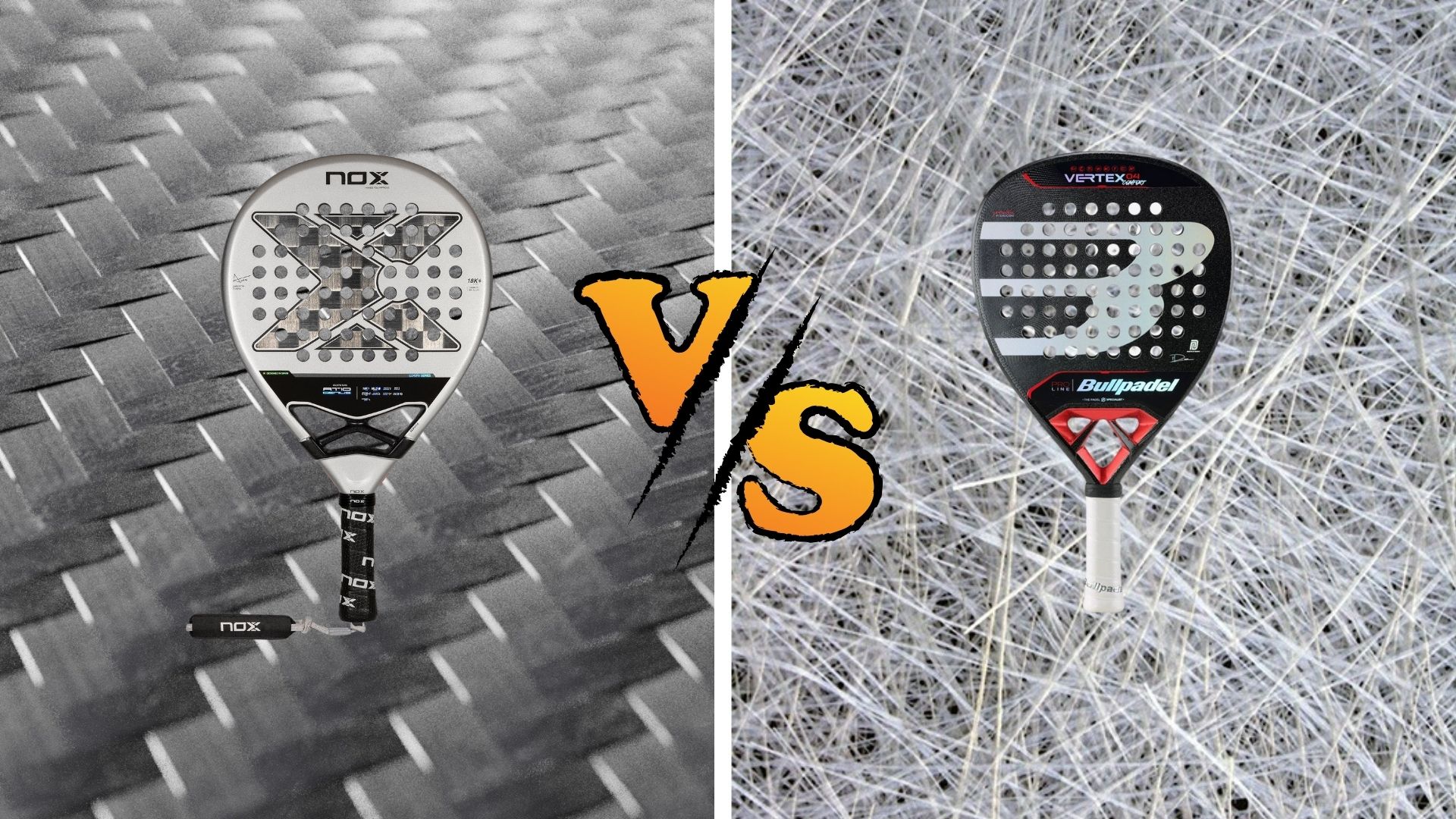 Carbon fiber VS fiberglass: what to choose?
Carbon fiber VS fiberglass: what to choose?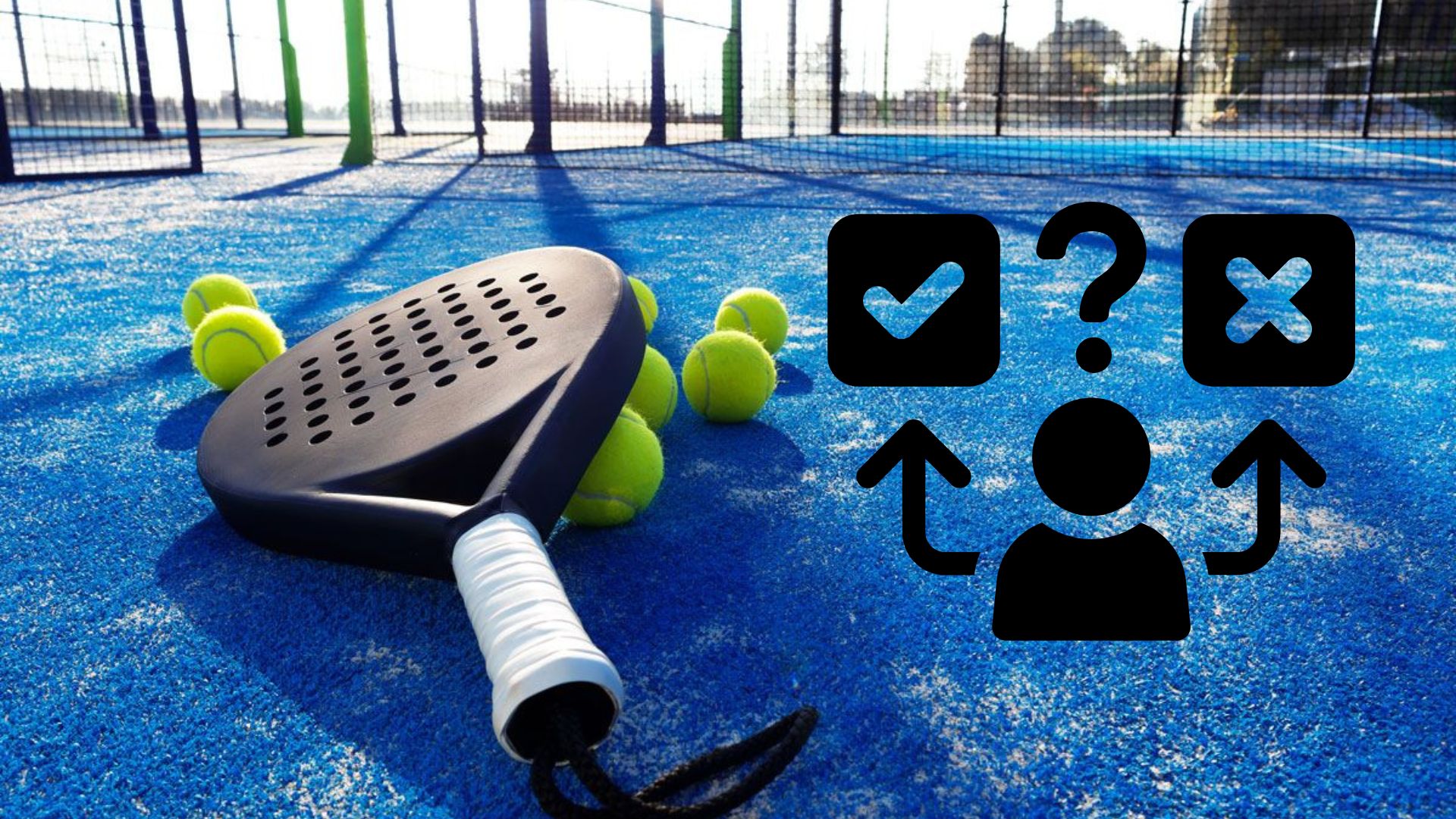 How to effectively test a racket padel ?
How to effectively test a racket padel ?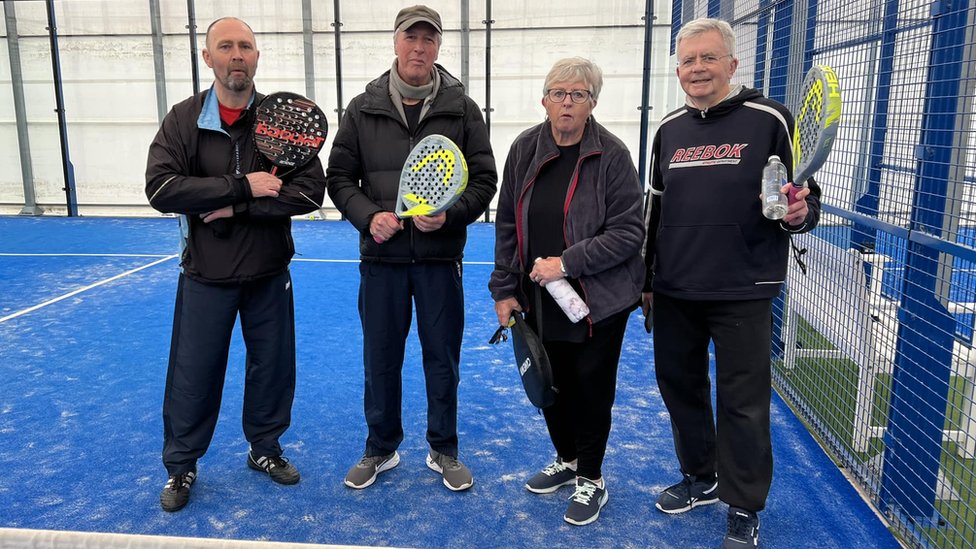 La padel to fight Parkinson's disease
La padel to fight Parkinson's disease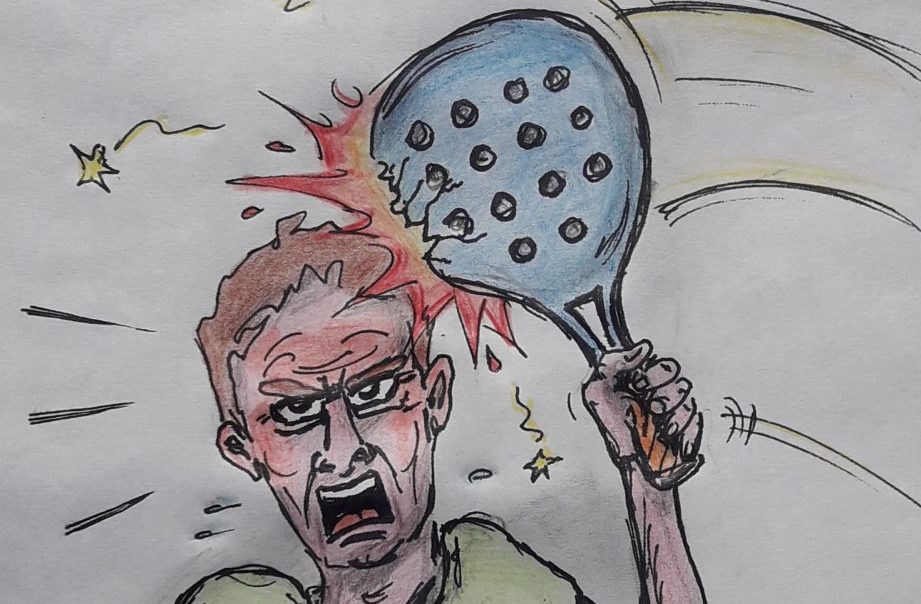 Don't play with a cracked or broken racket, your body will thank you!
Don't play with a cracked or broken racket, your body will thank you! Michel Cymes: “The padel, physically, it’s serious!”
Michel Cymes: “The padel, physically, it’s serious!” Jeremy Gala: “Promote the padel among young people in Belgium remains a challenge”
Jeremy Gala: “Promote the padel among young people in Belgium remains a challenge”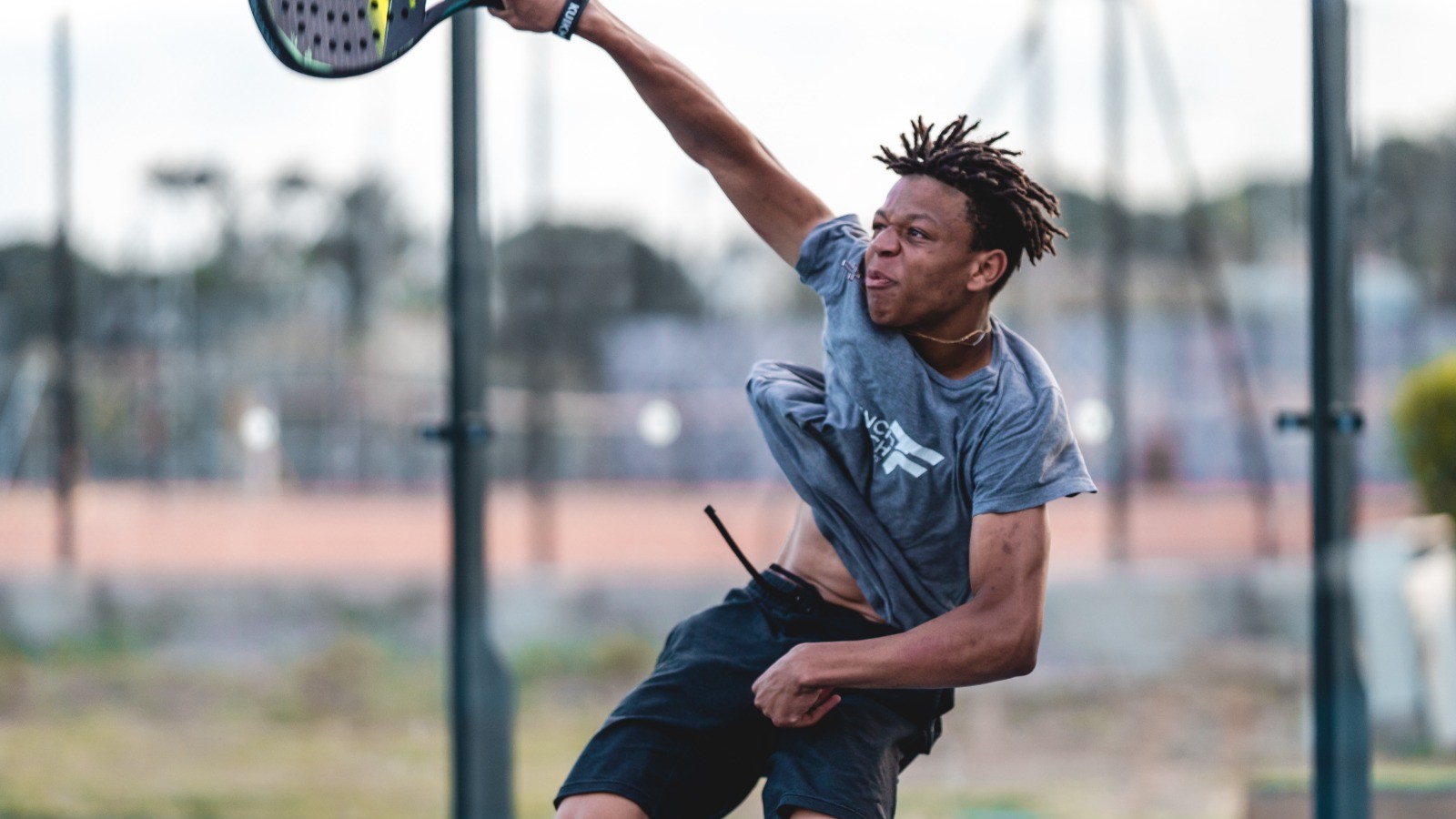 The French Touch Academy organizes its selection day Padel-Study
The French Touch Academy organizes its selection day Padel-Study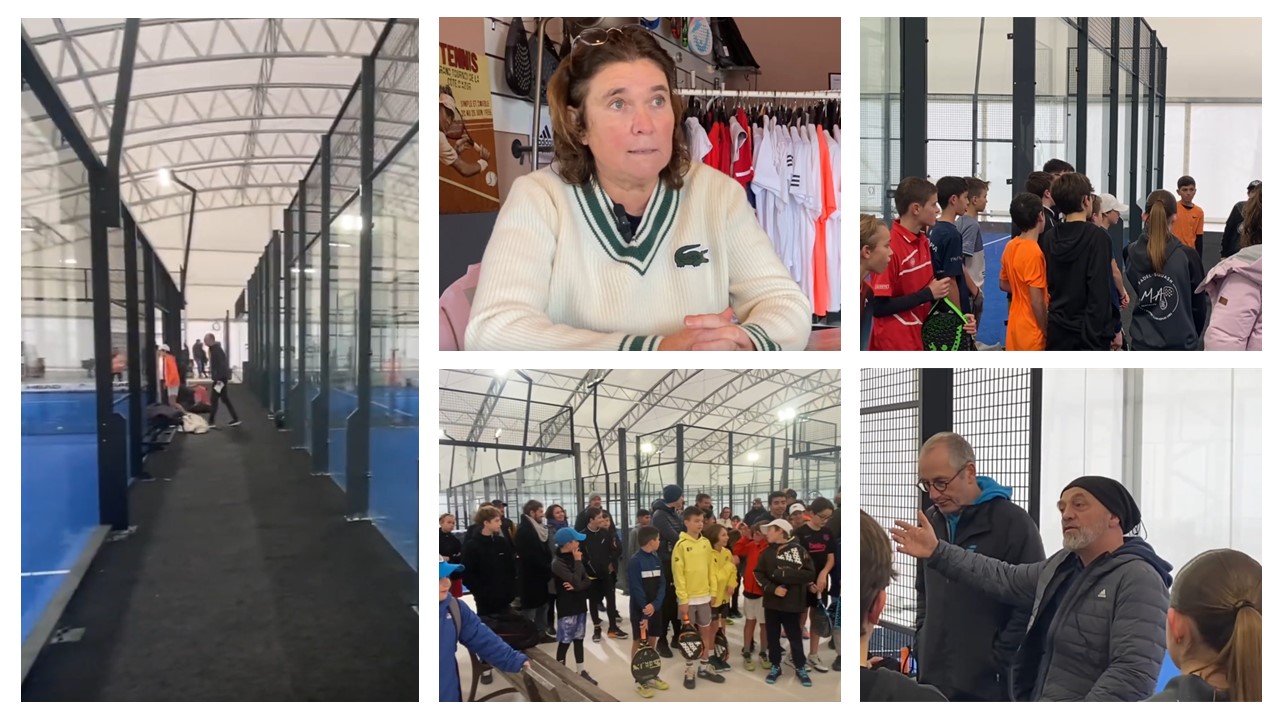 Report on the detection and training of younger generations
Report on the detection and training of younger generations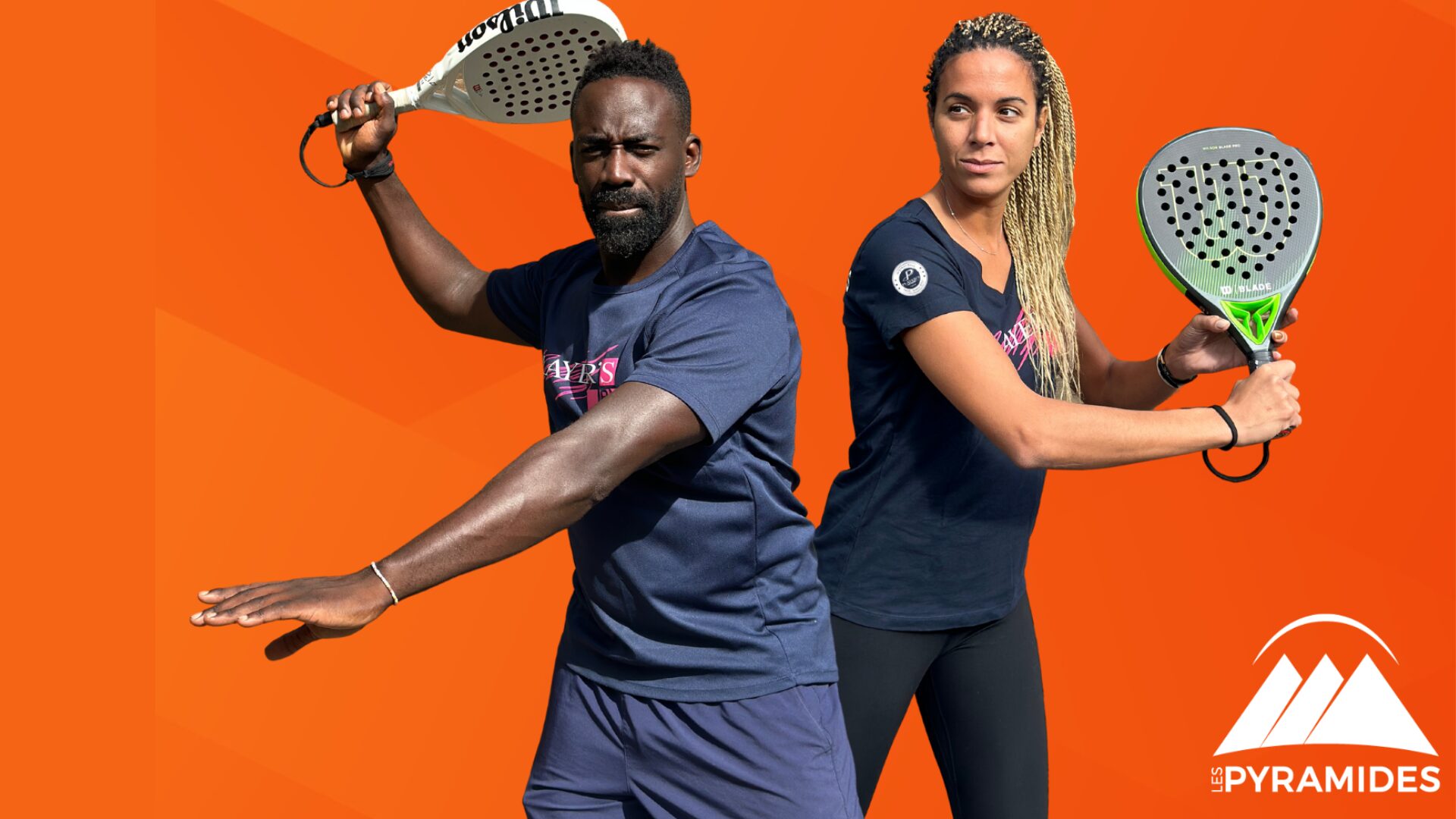 Player's adult courses from April 8 to 21, 2024!
Player's adult courses from April 8 to 21, 2024!